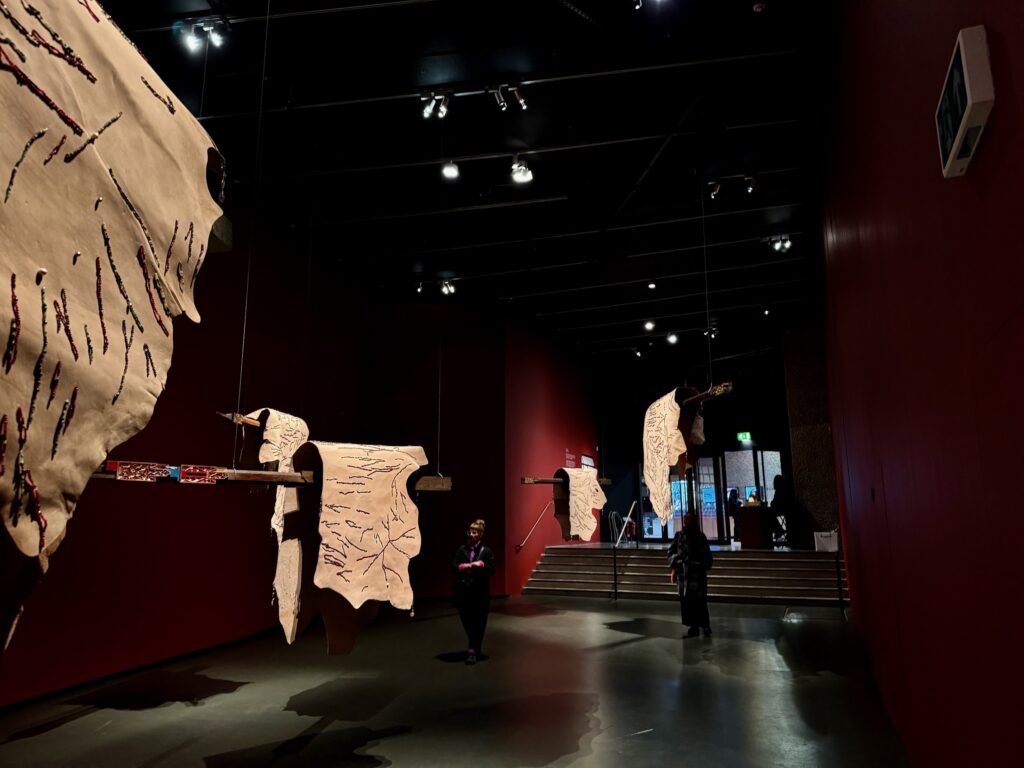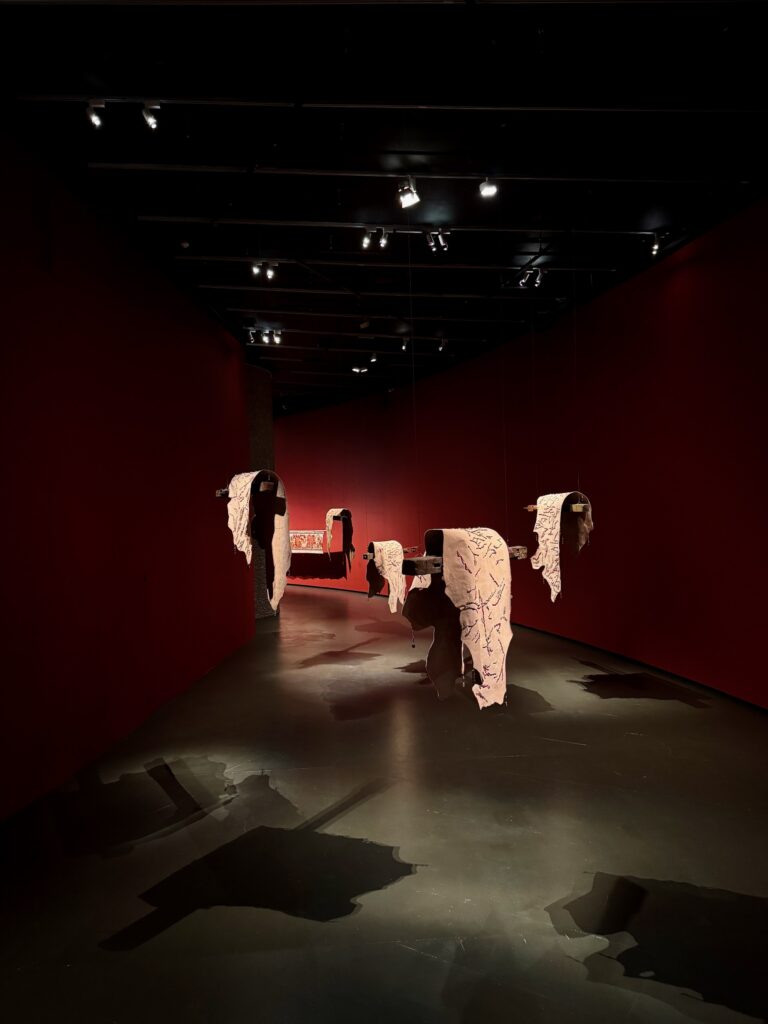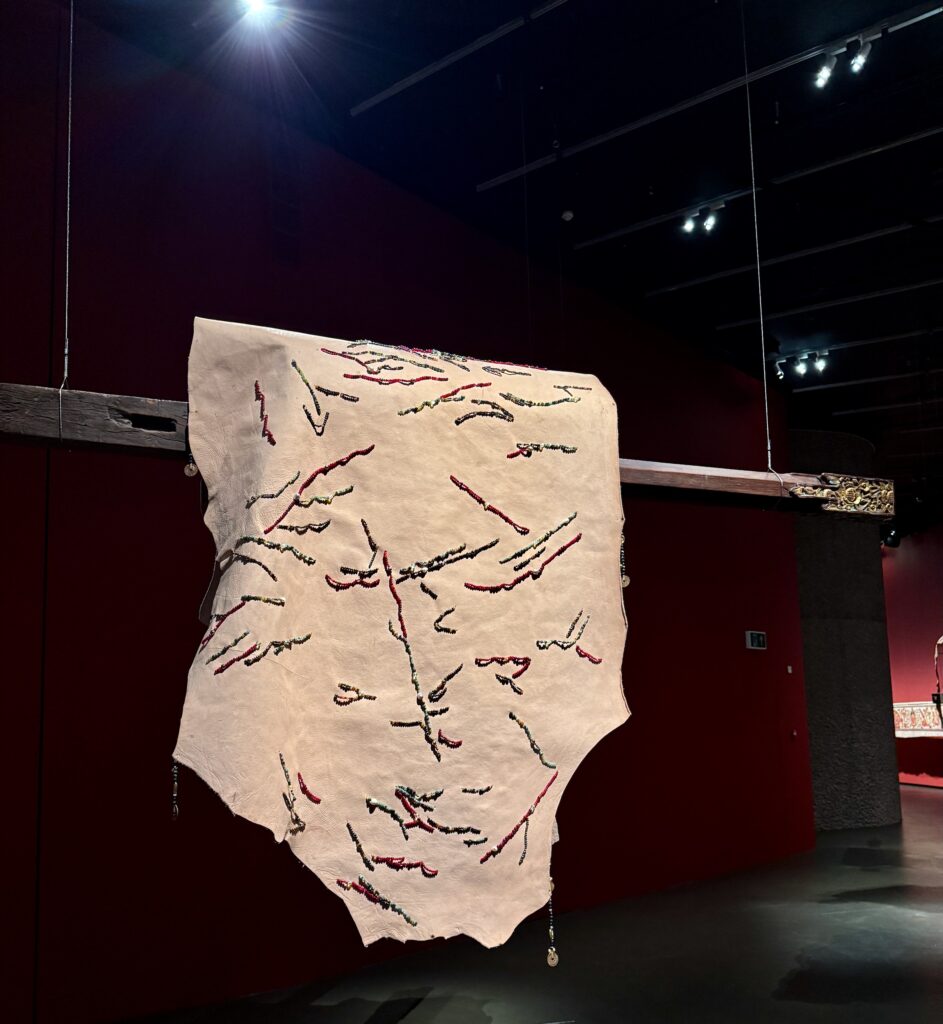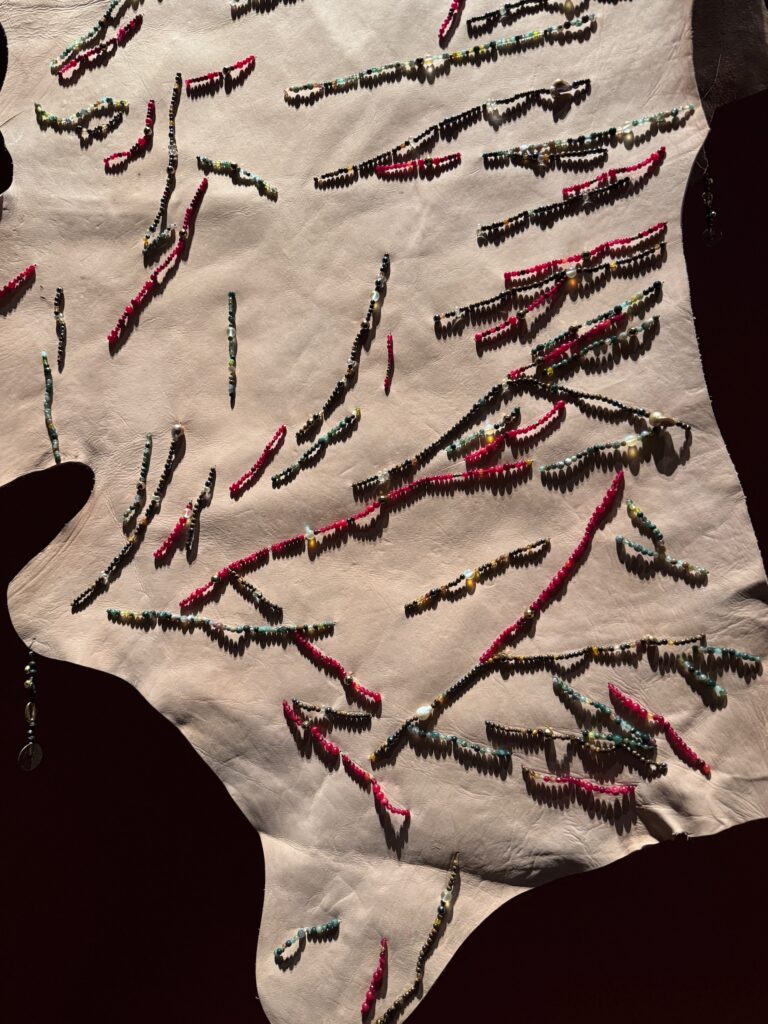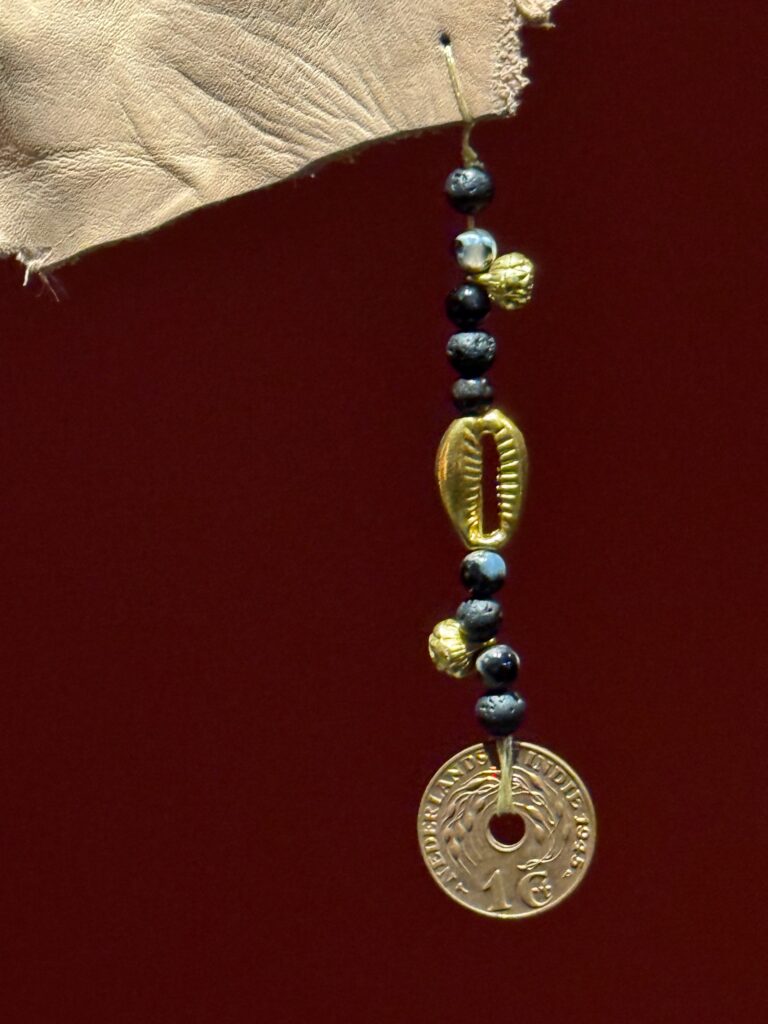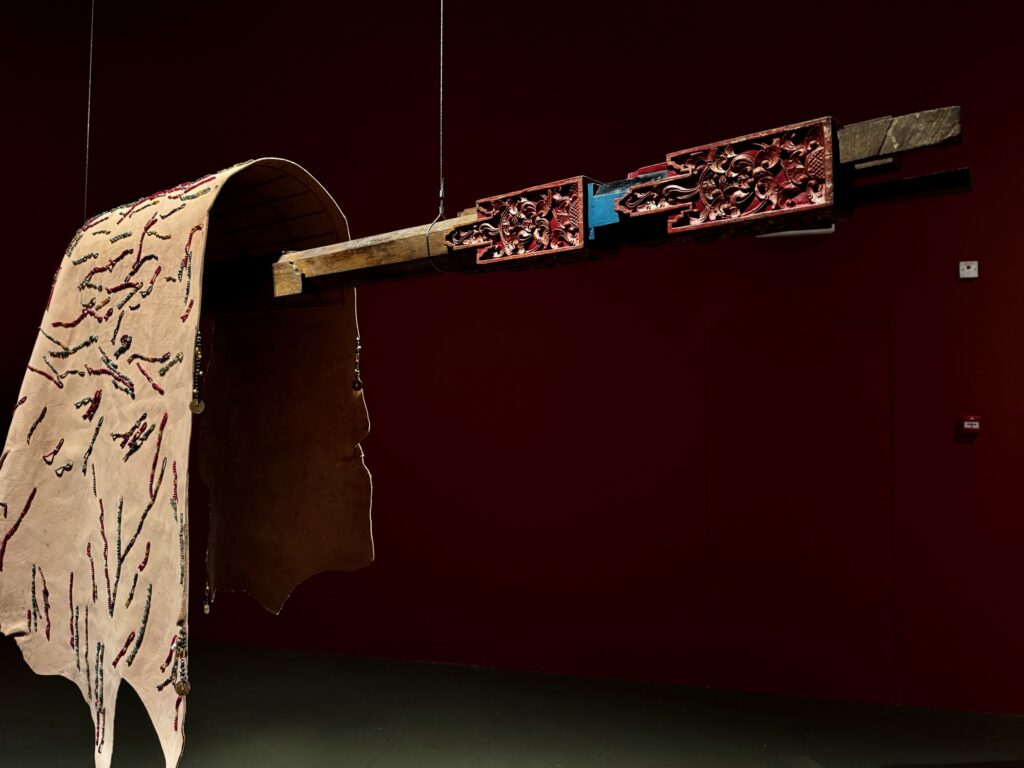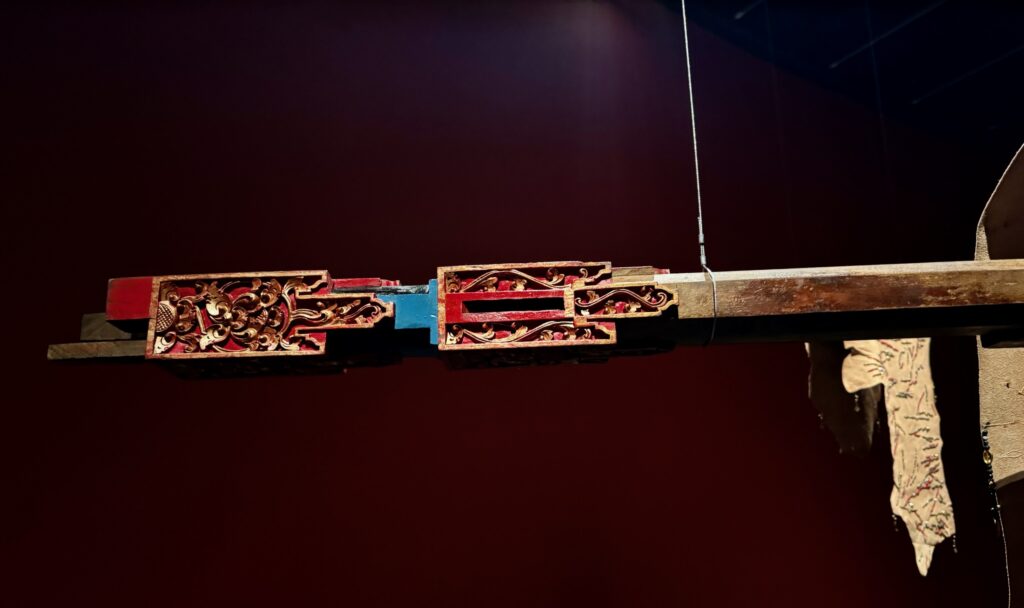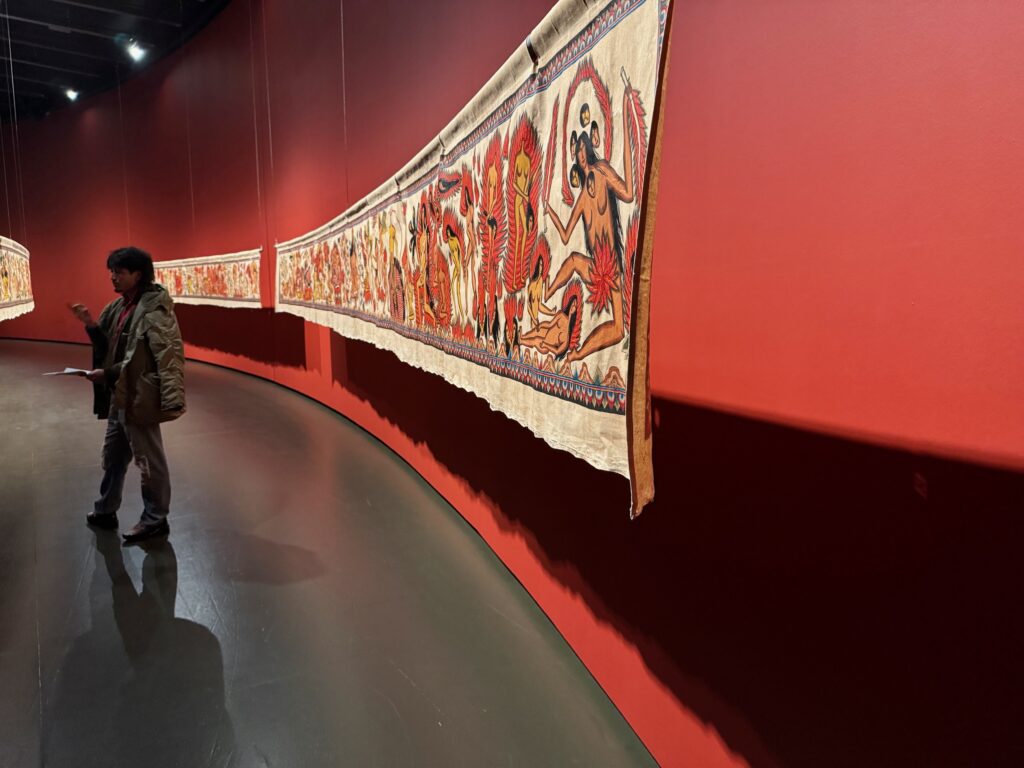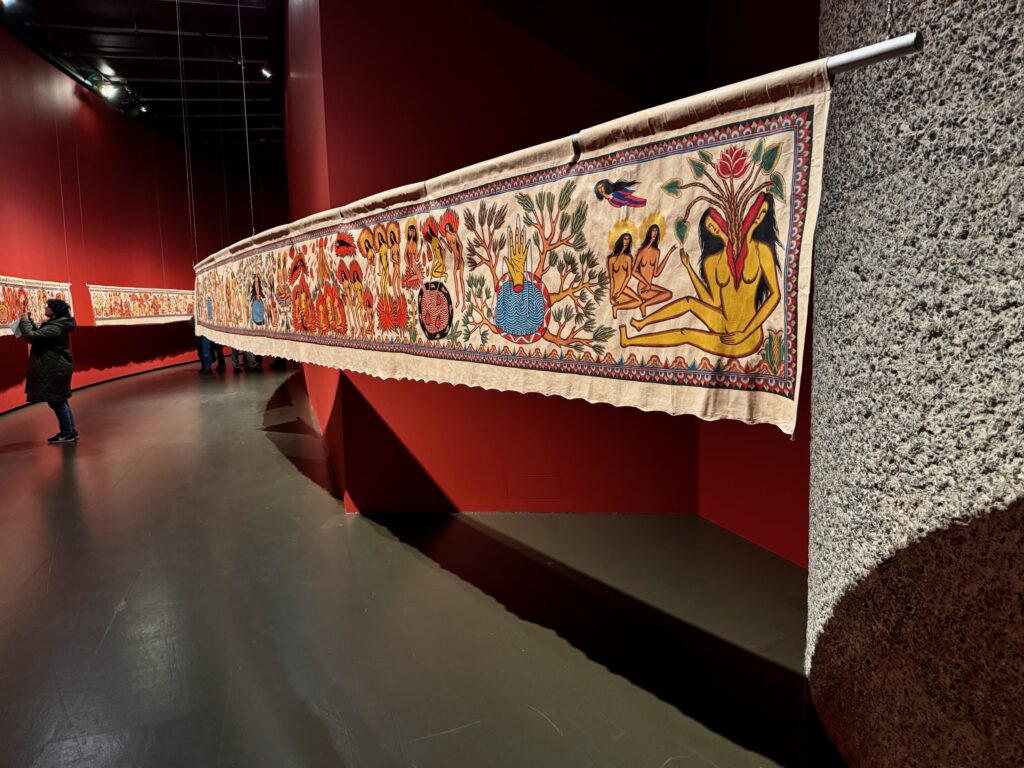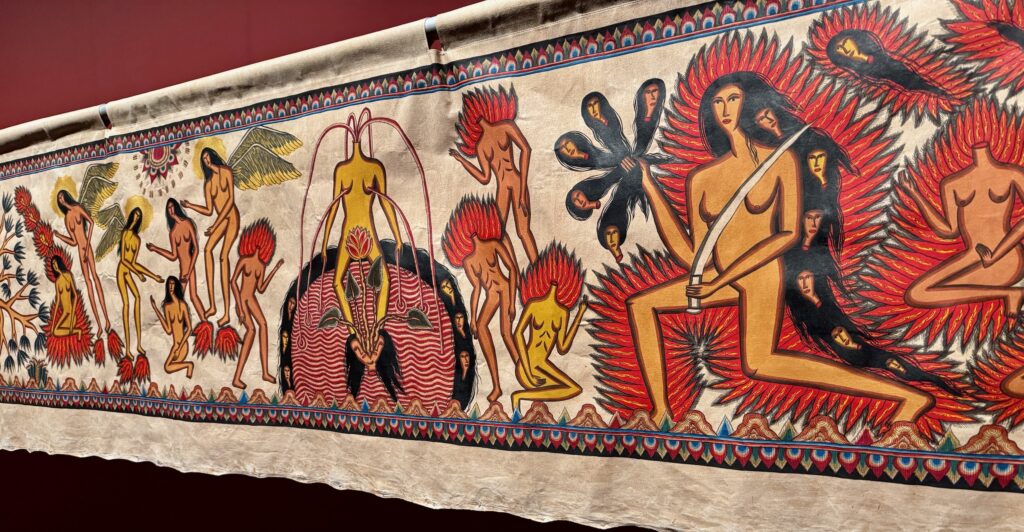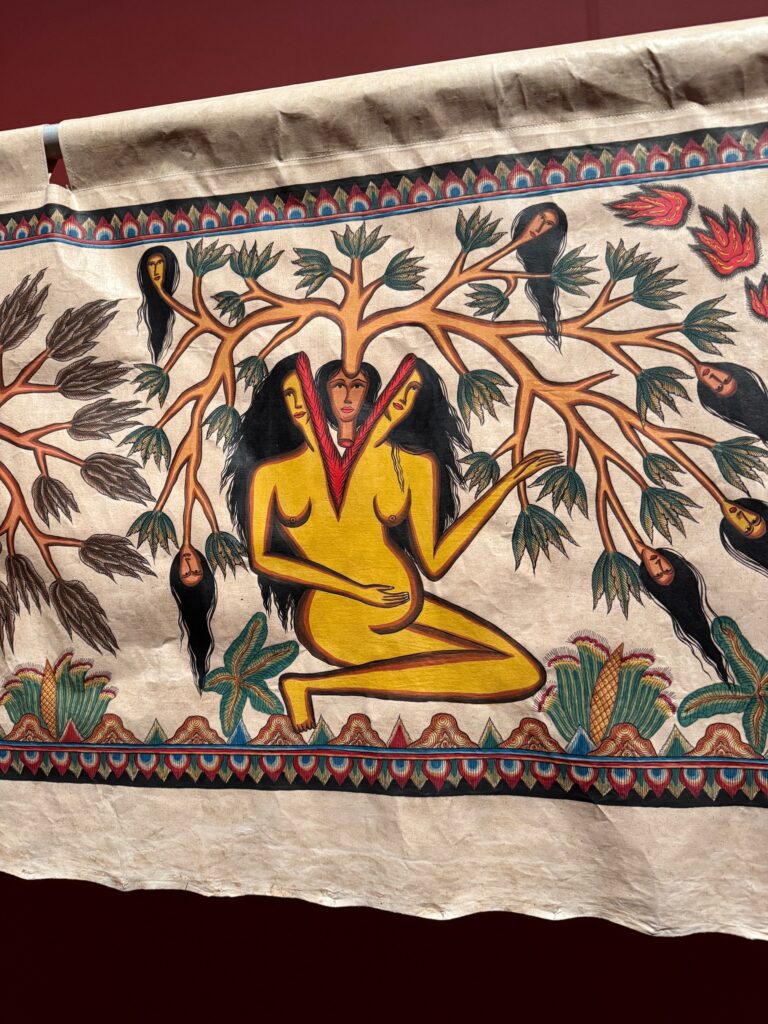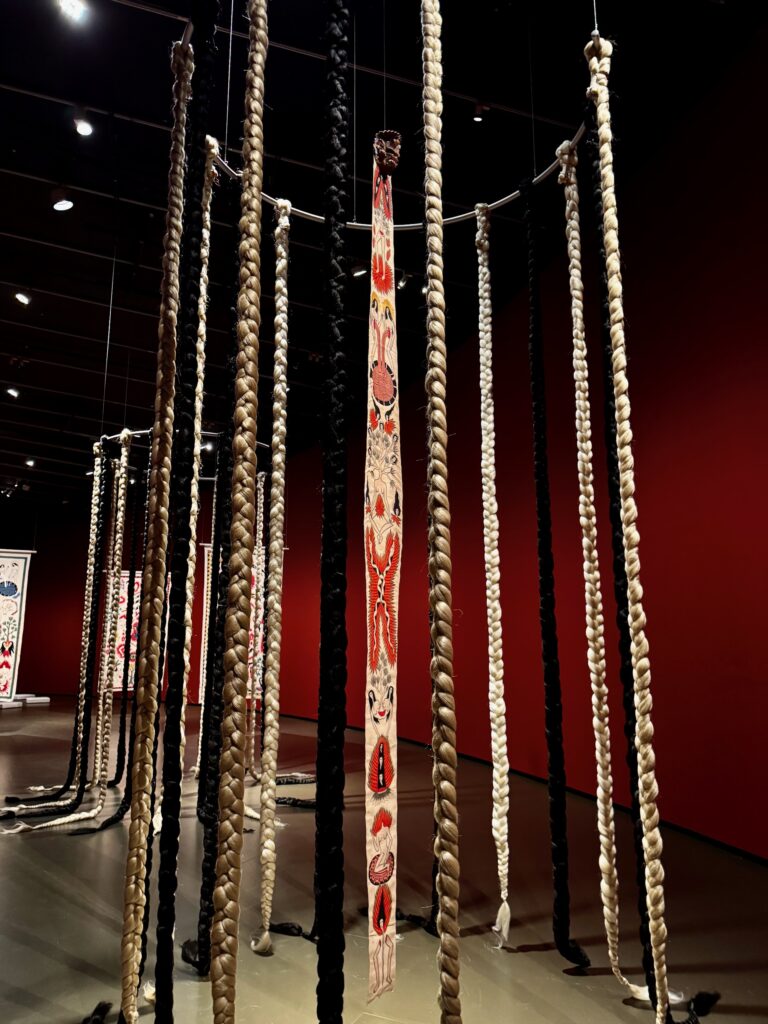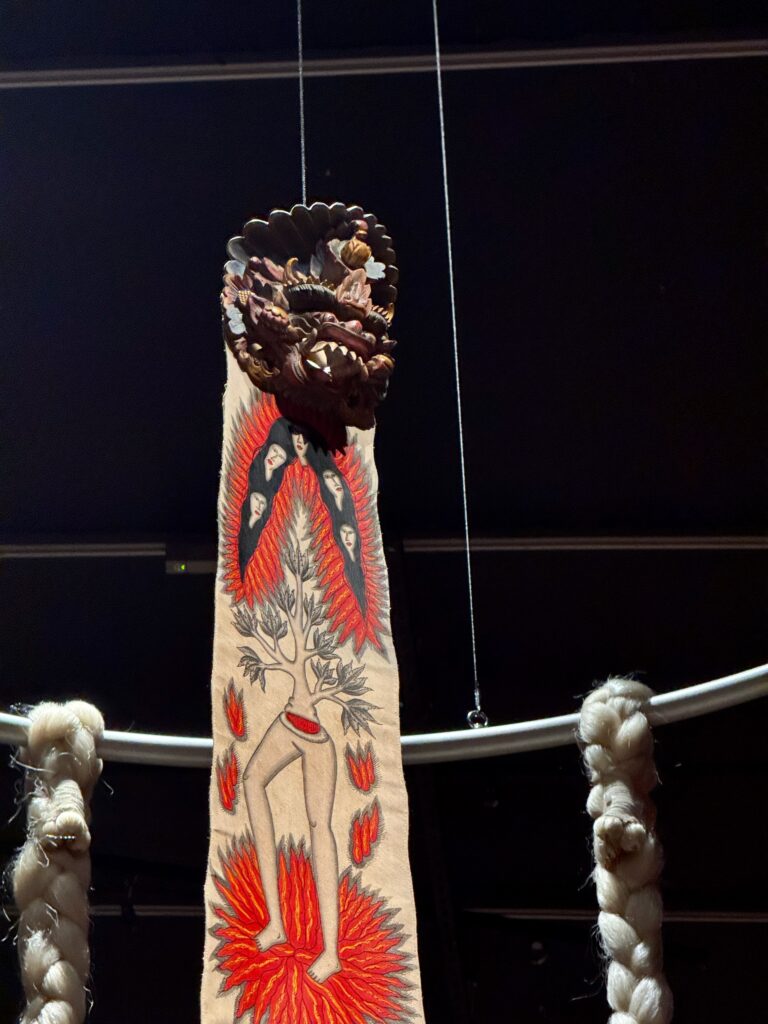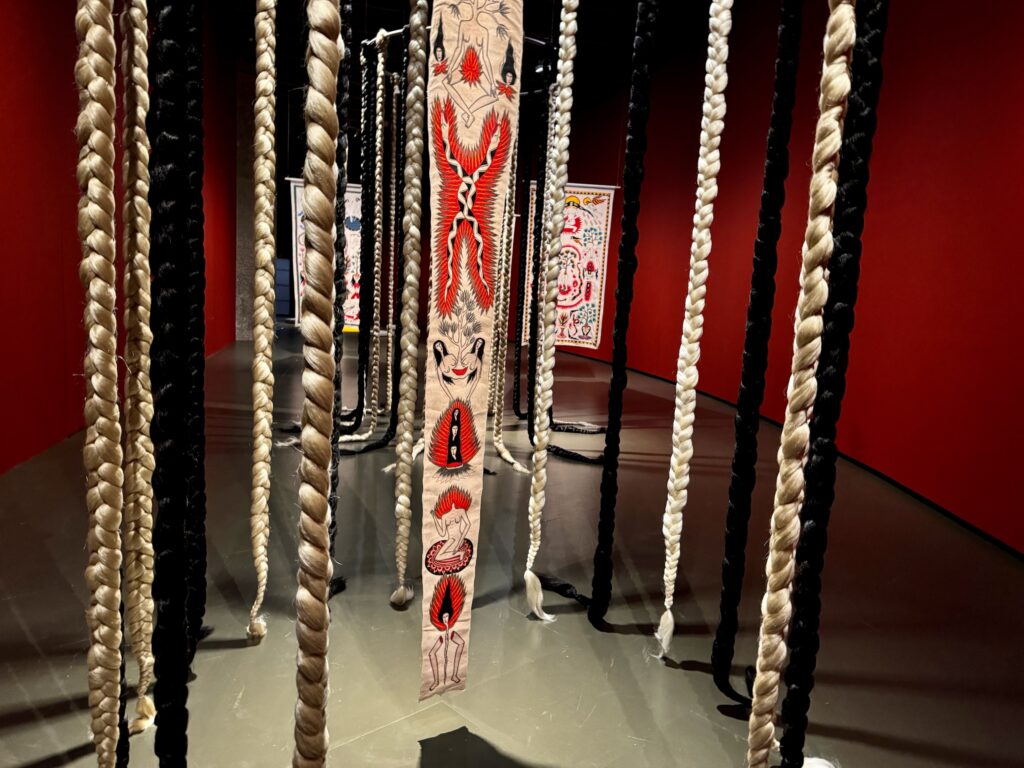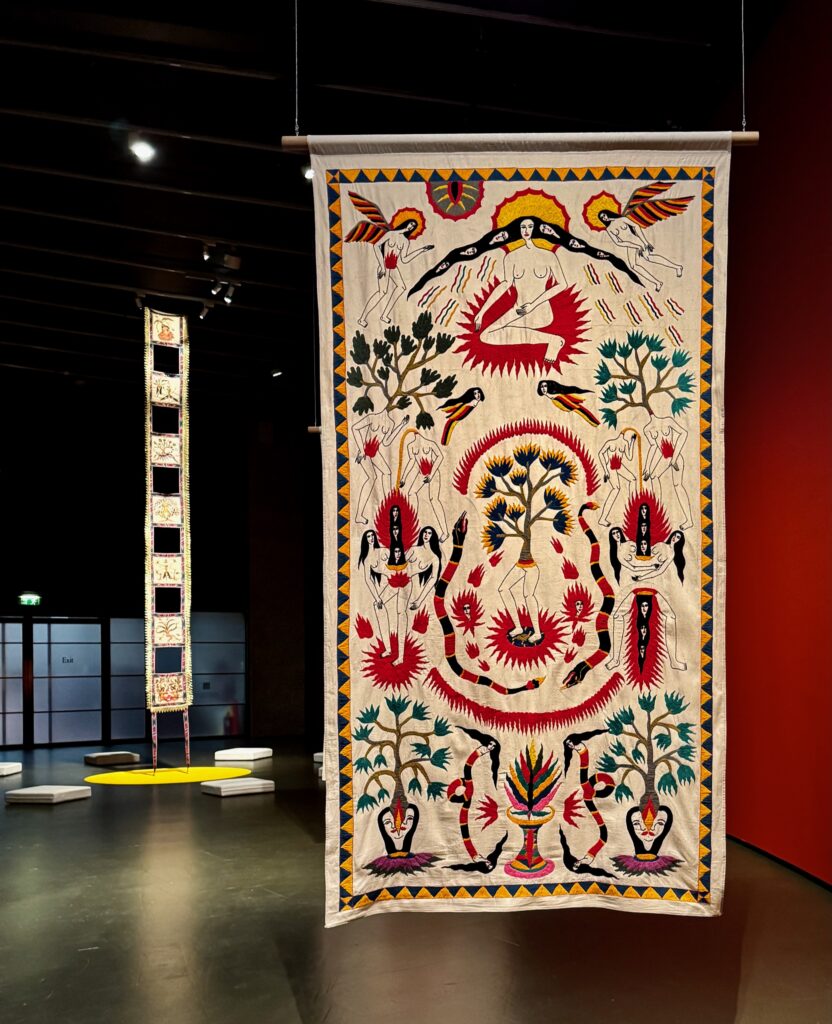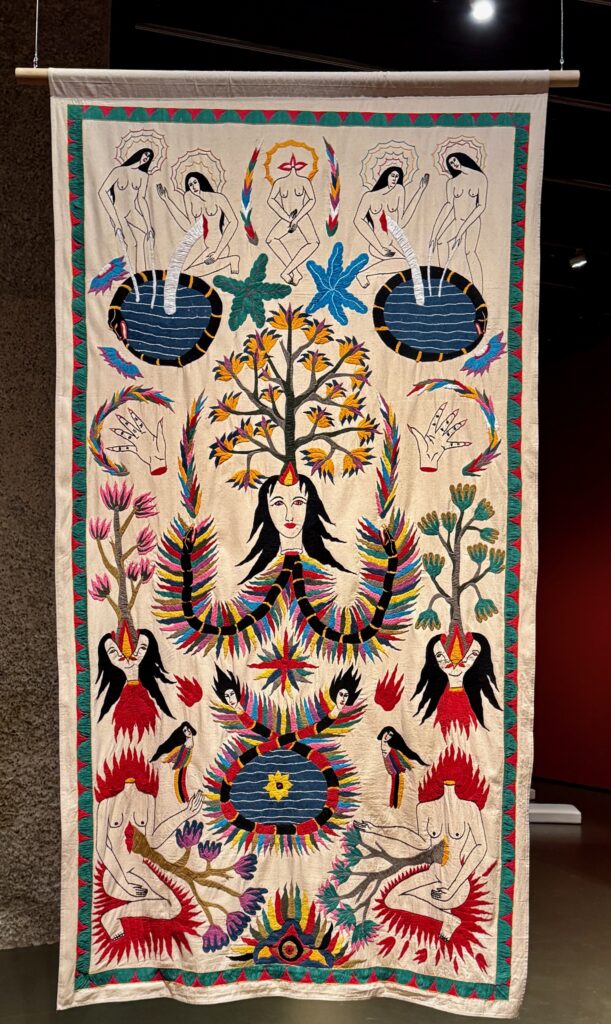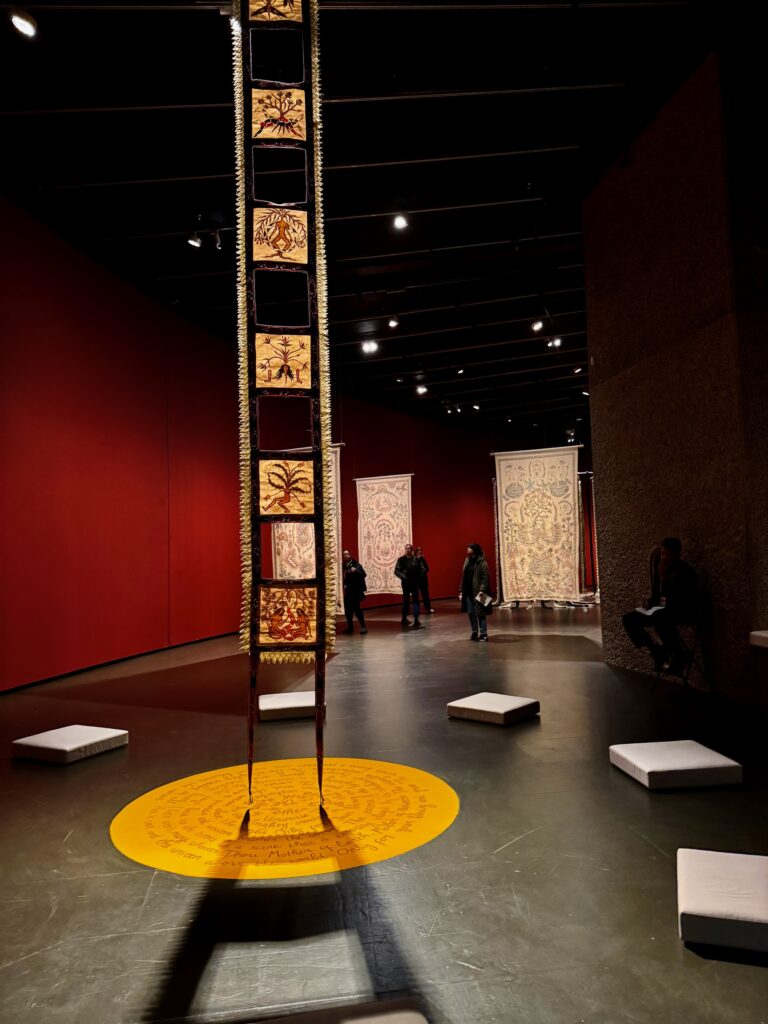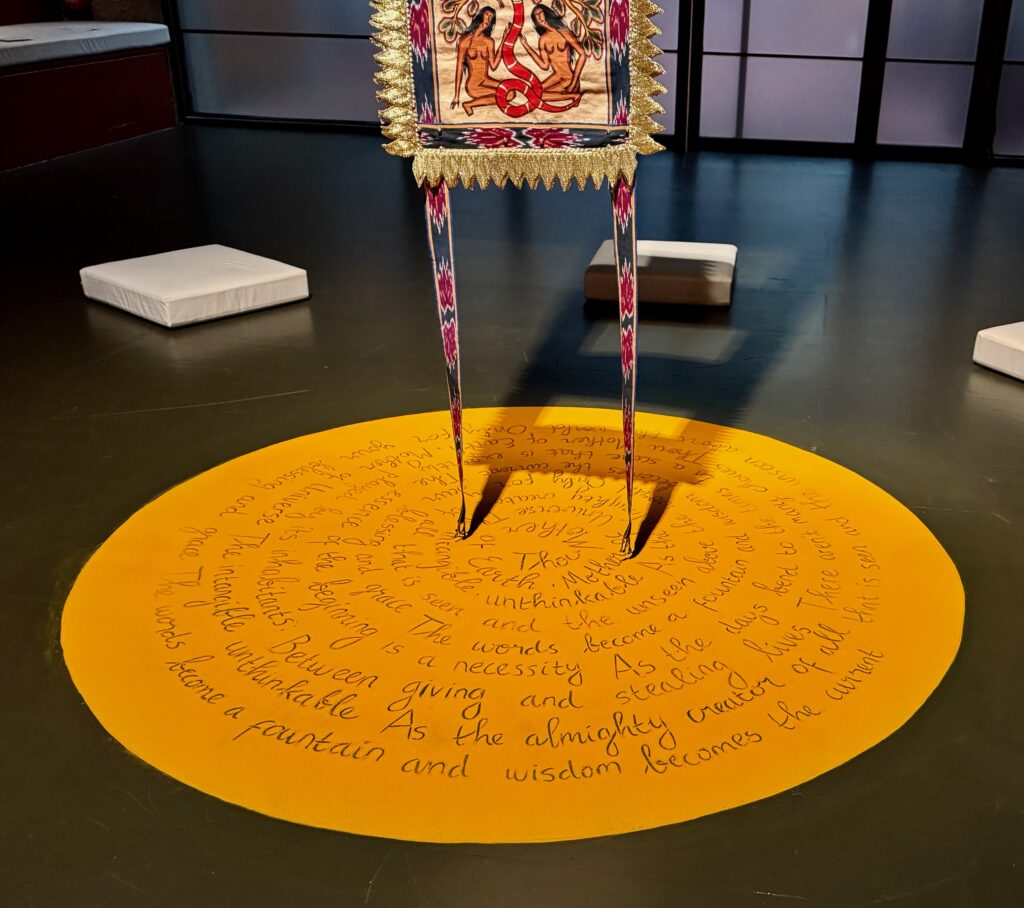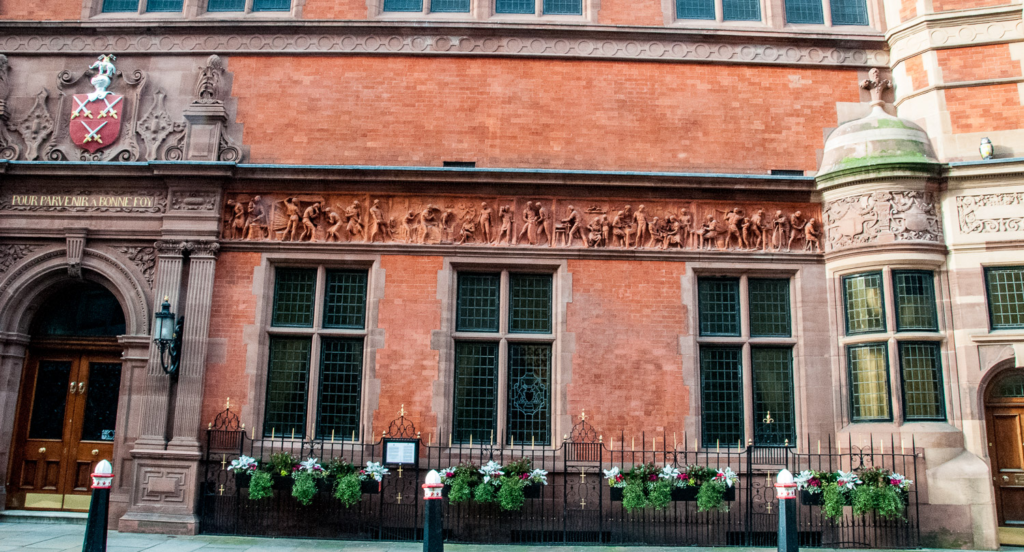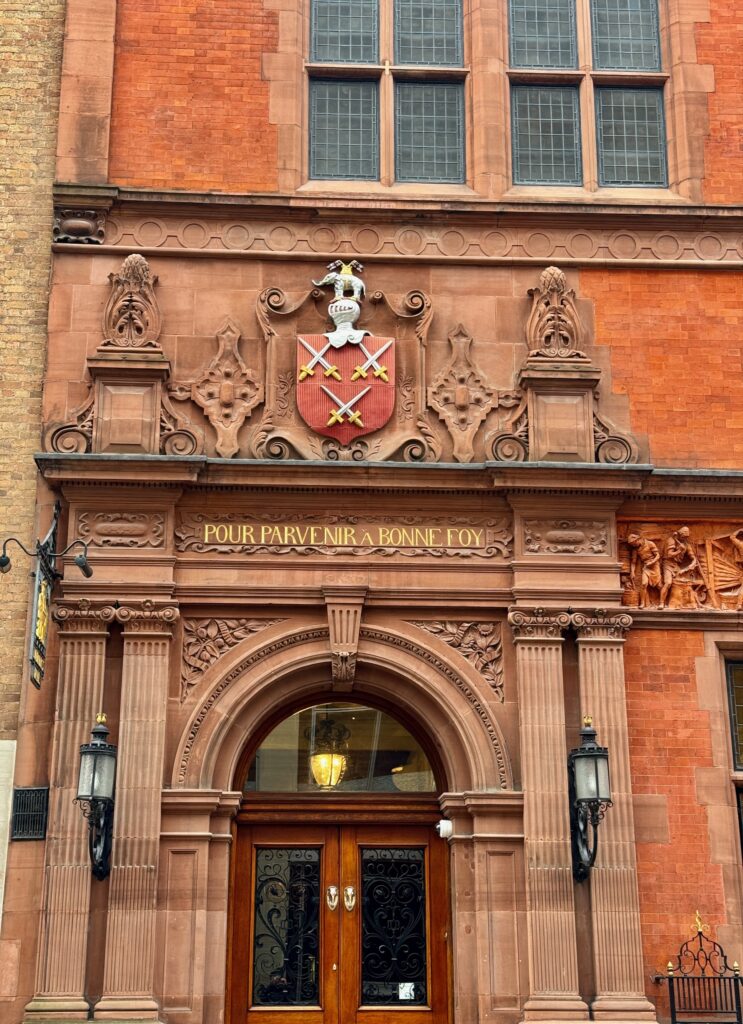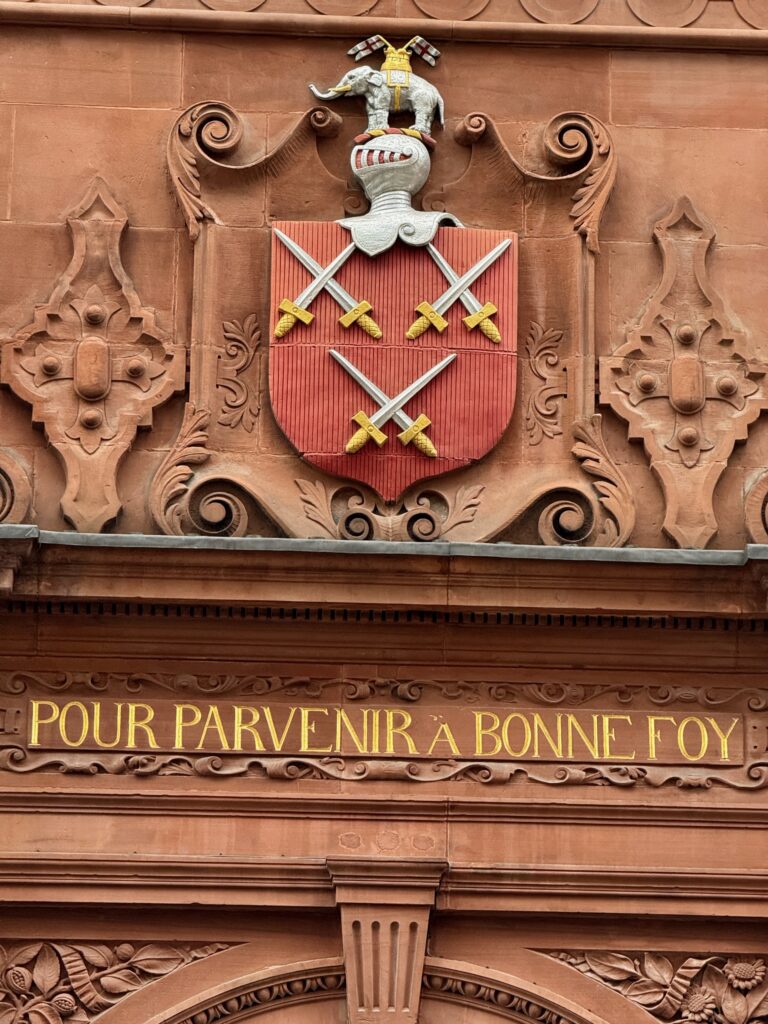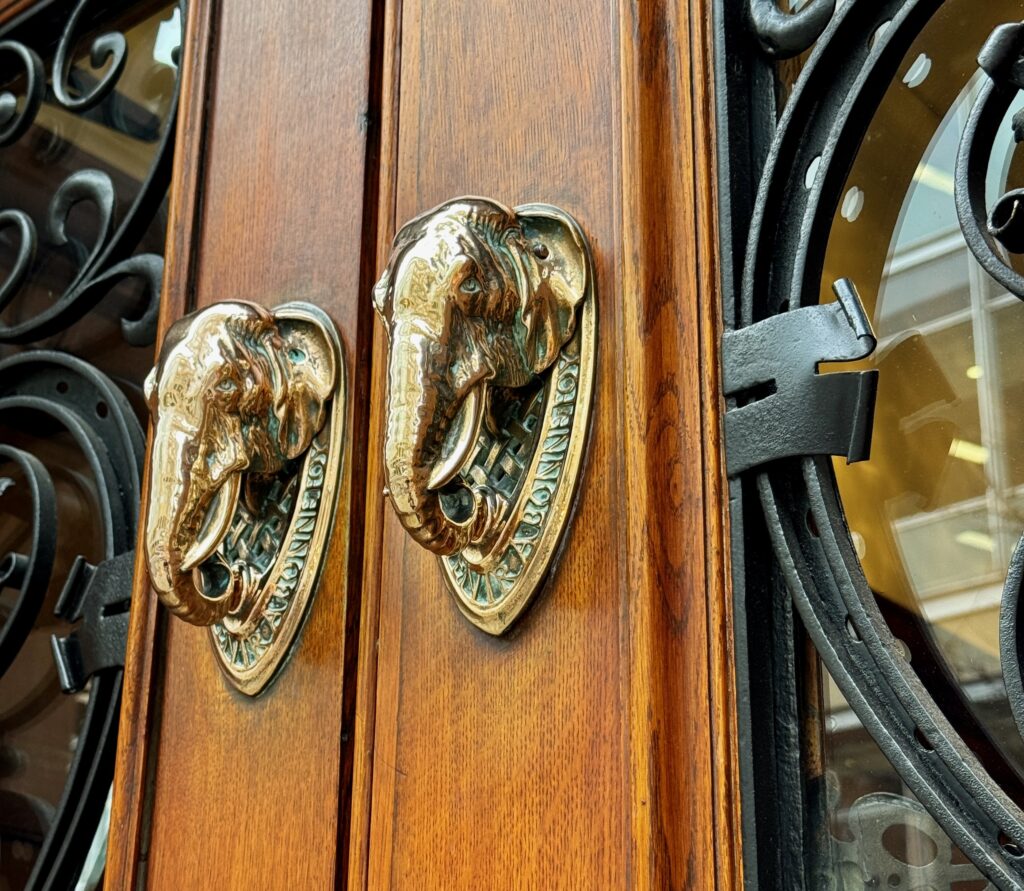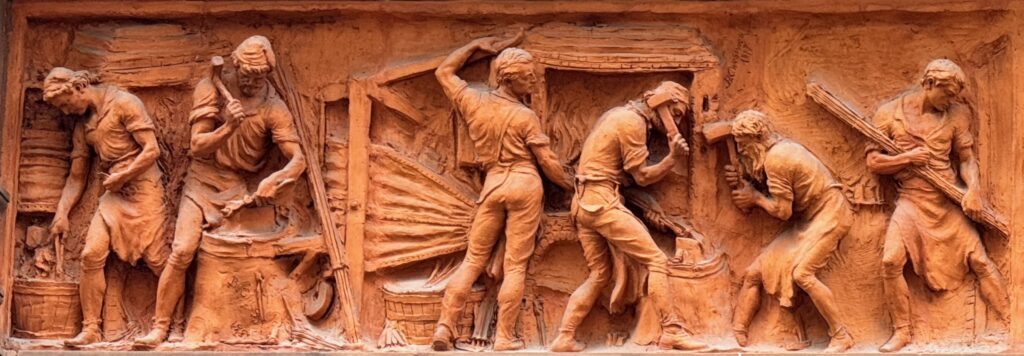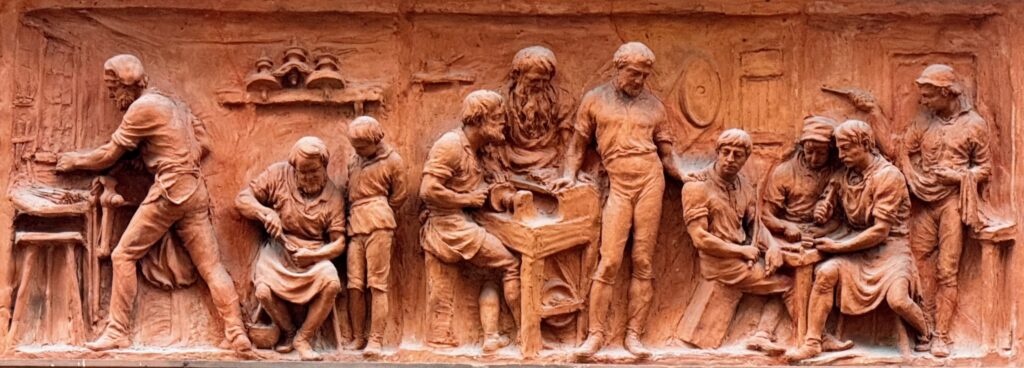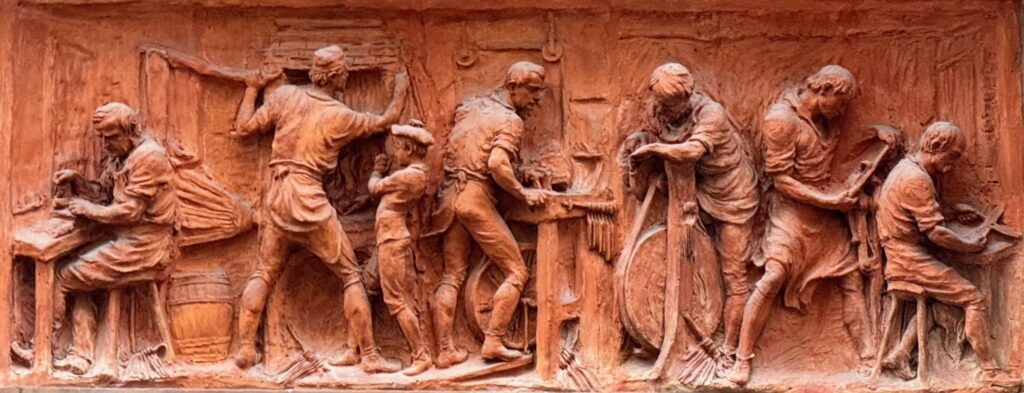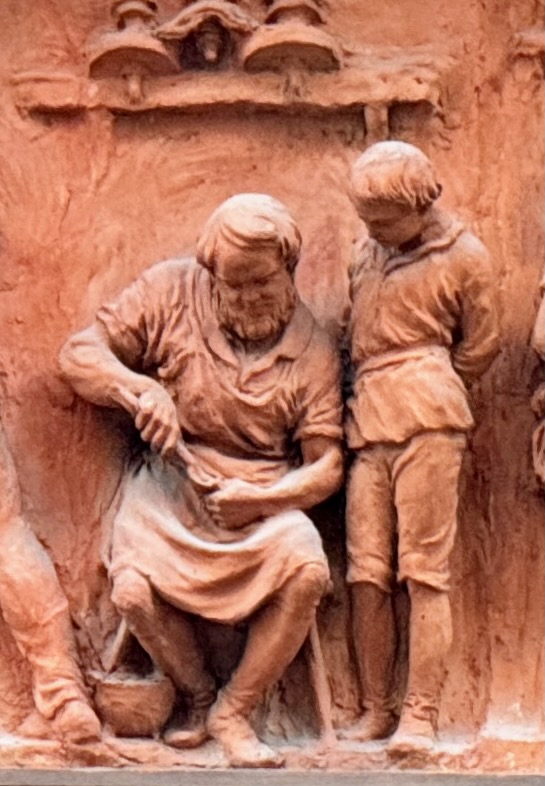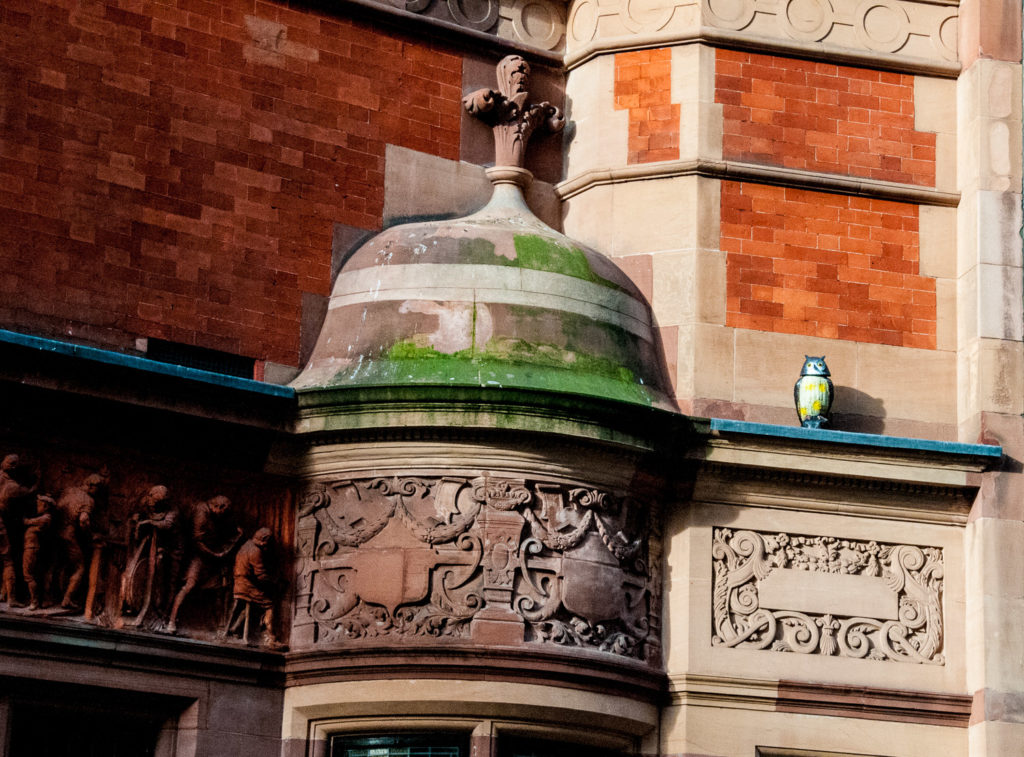I know, I know, other people’s holiday pics are boring. Many apologies, but the really cold weather since we returned put me off wandering the streets looking for stories.
Anyway, I still hope you find the following interesting.
Funchal, the capital, is a nice city to walk around. One thing that is very much a feature, both here and all over Portugal, is the attractive paving …
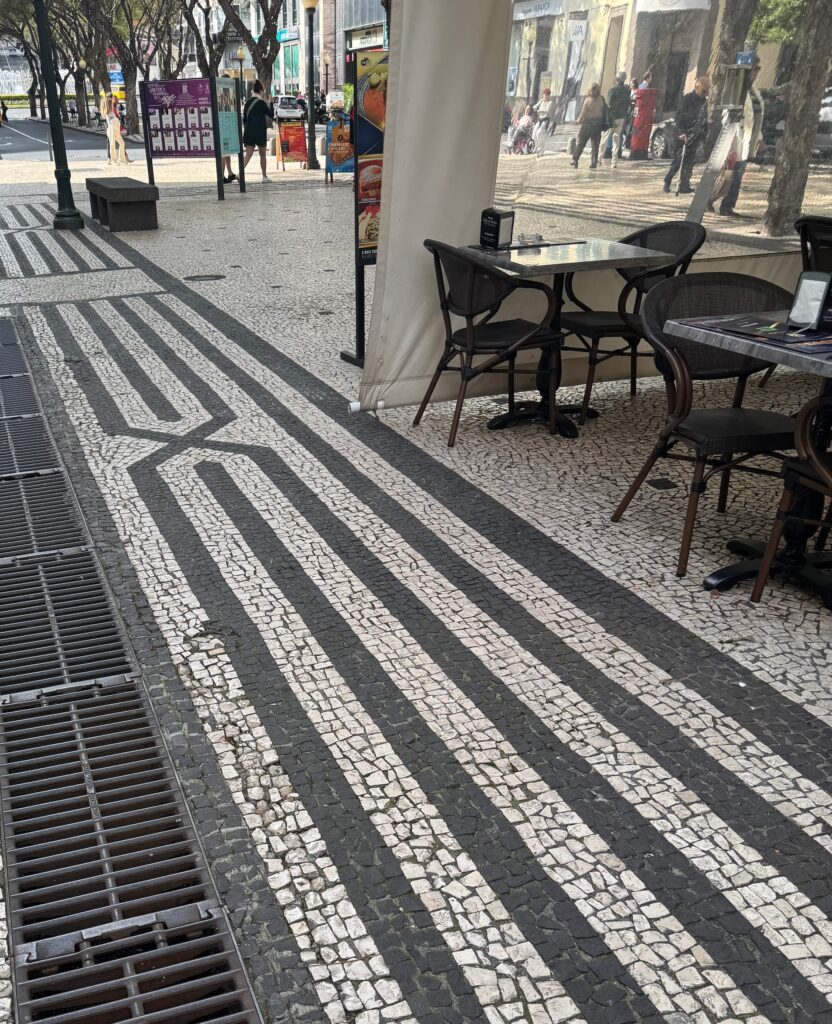
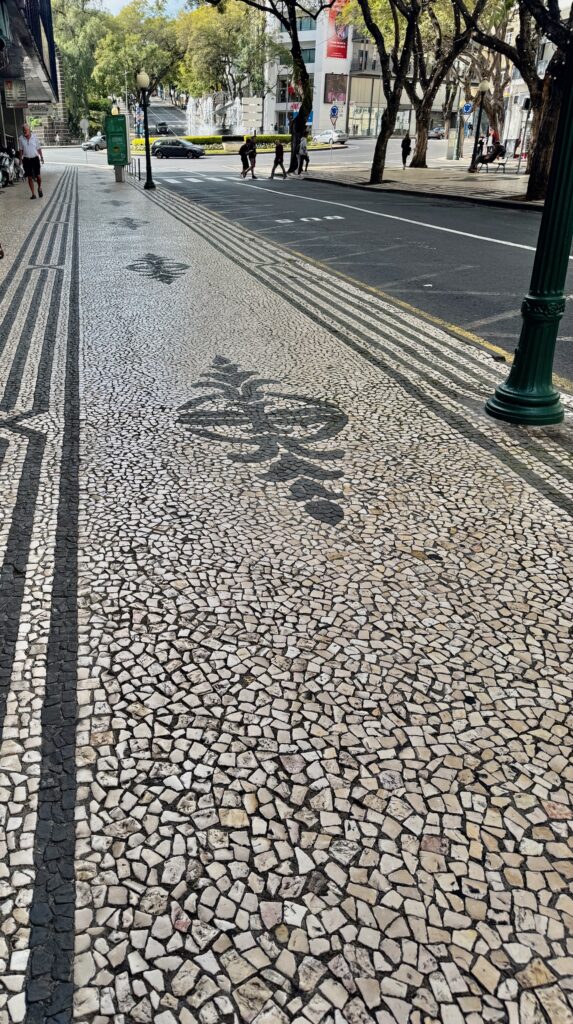
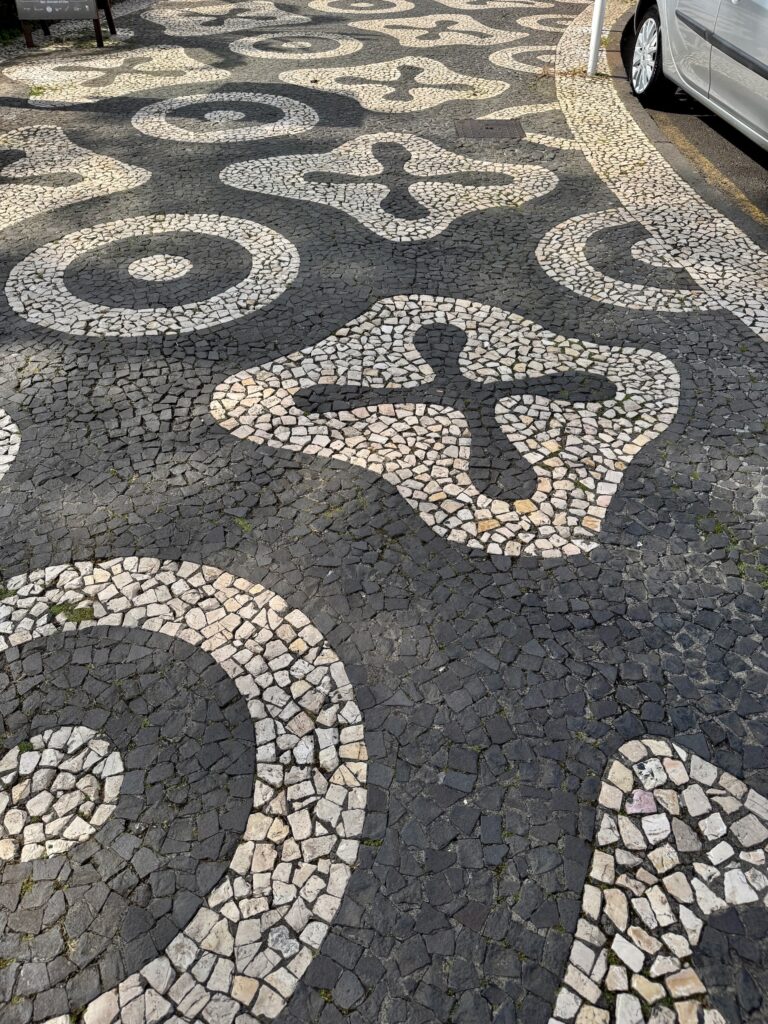
Called “Calçada Portuguesa” (Portuguese pavement), it consists of small flat stones of basalt and limestone displayed like a mosaic.
And not a discarded Lime Bike or rental scooter in sight!
The 16th century gothic style Funchal Cathedral is quite understated from the outside …
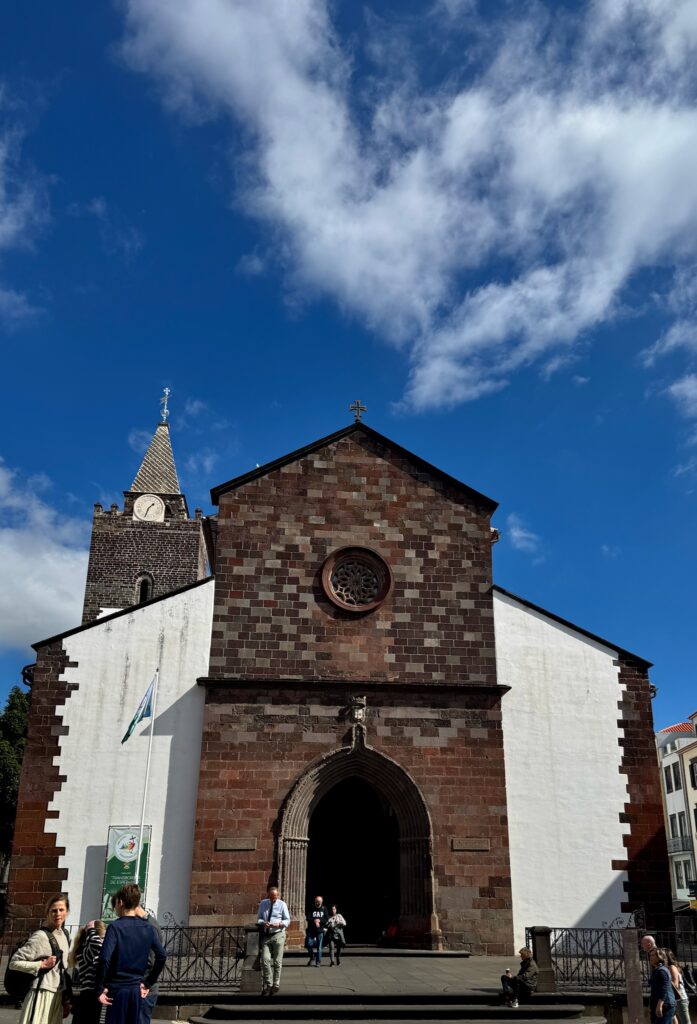
But stunning within …
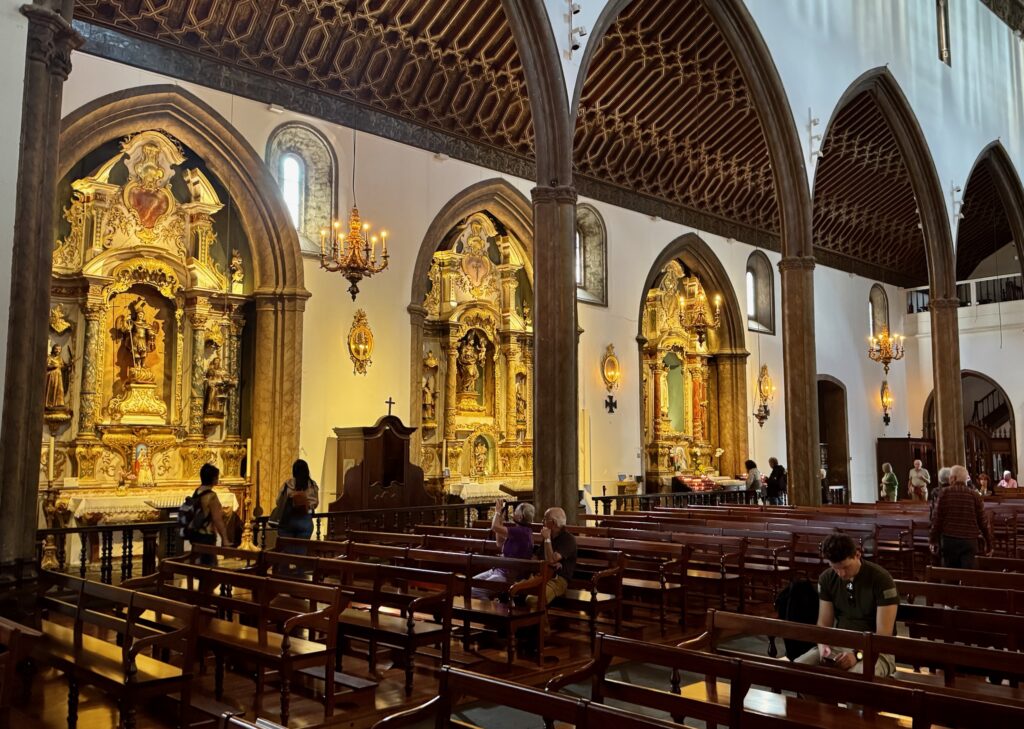
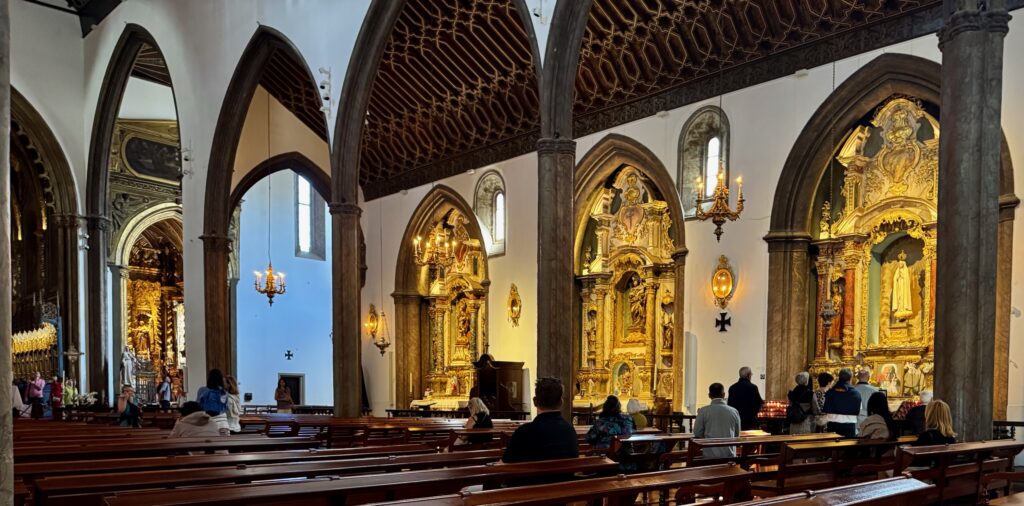
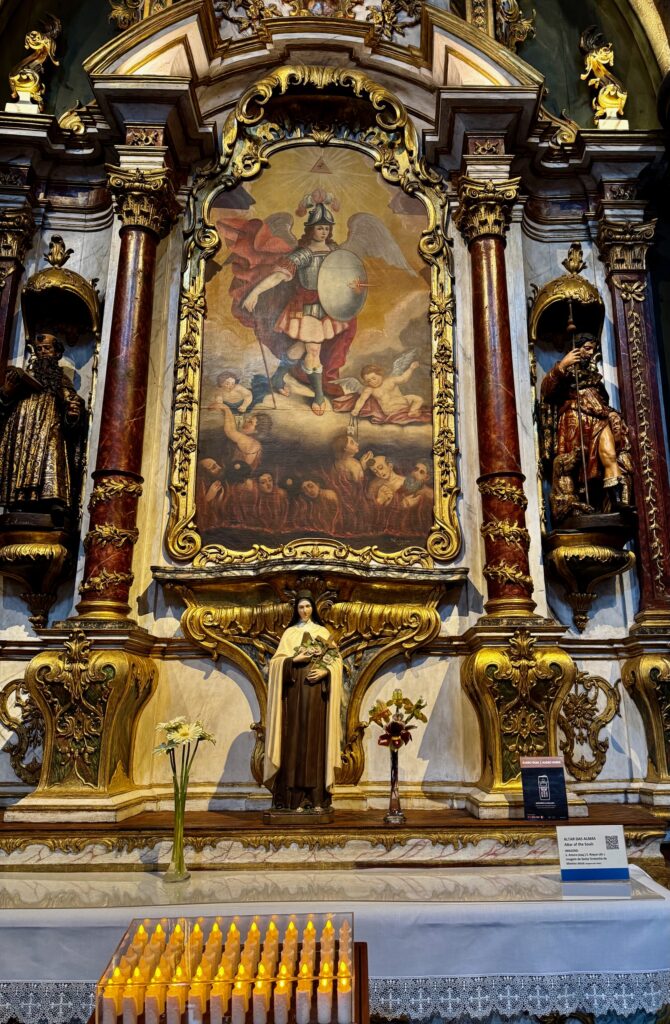
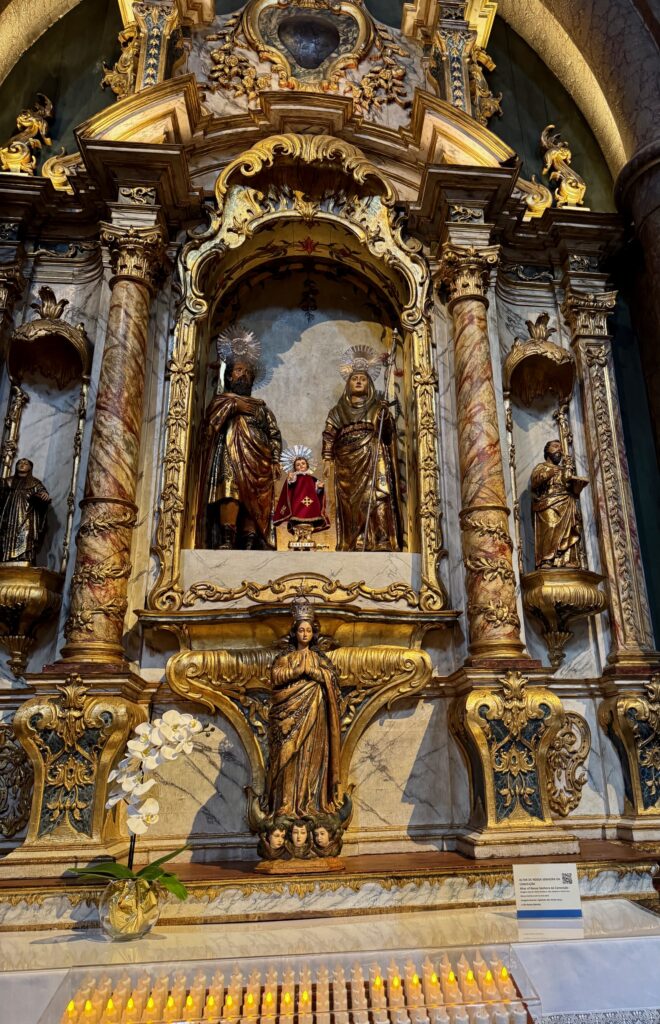
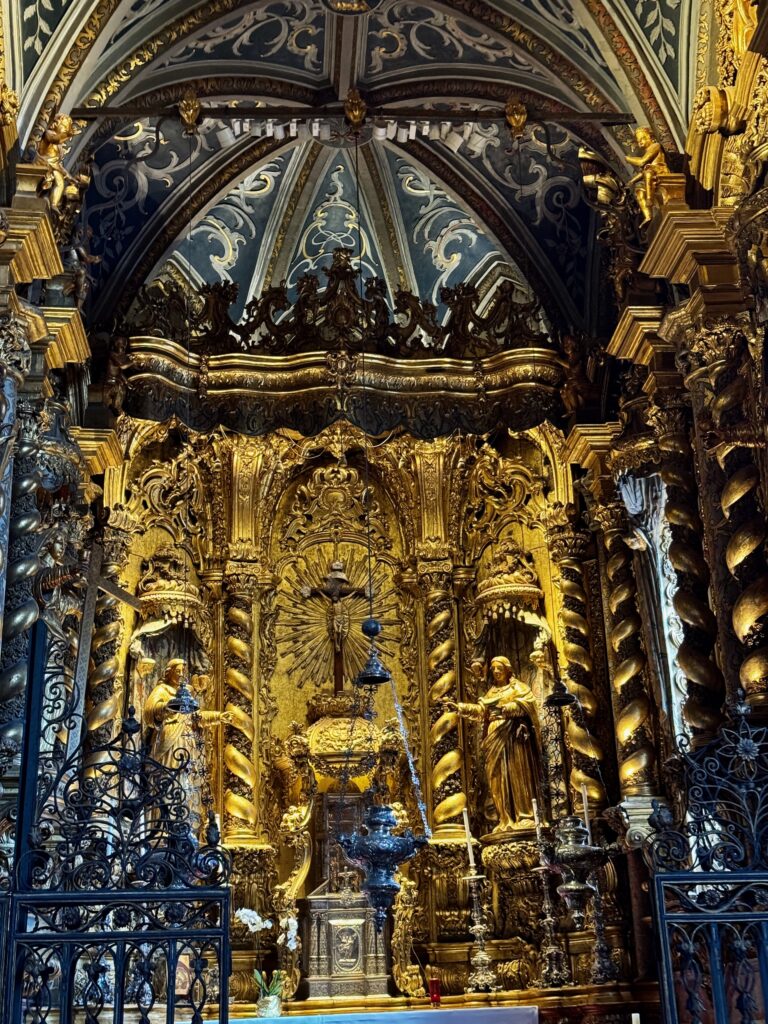
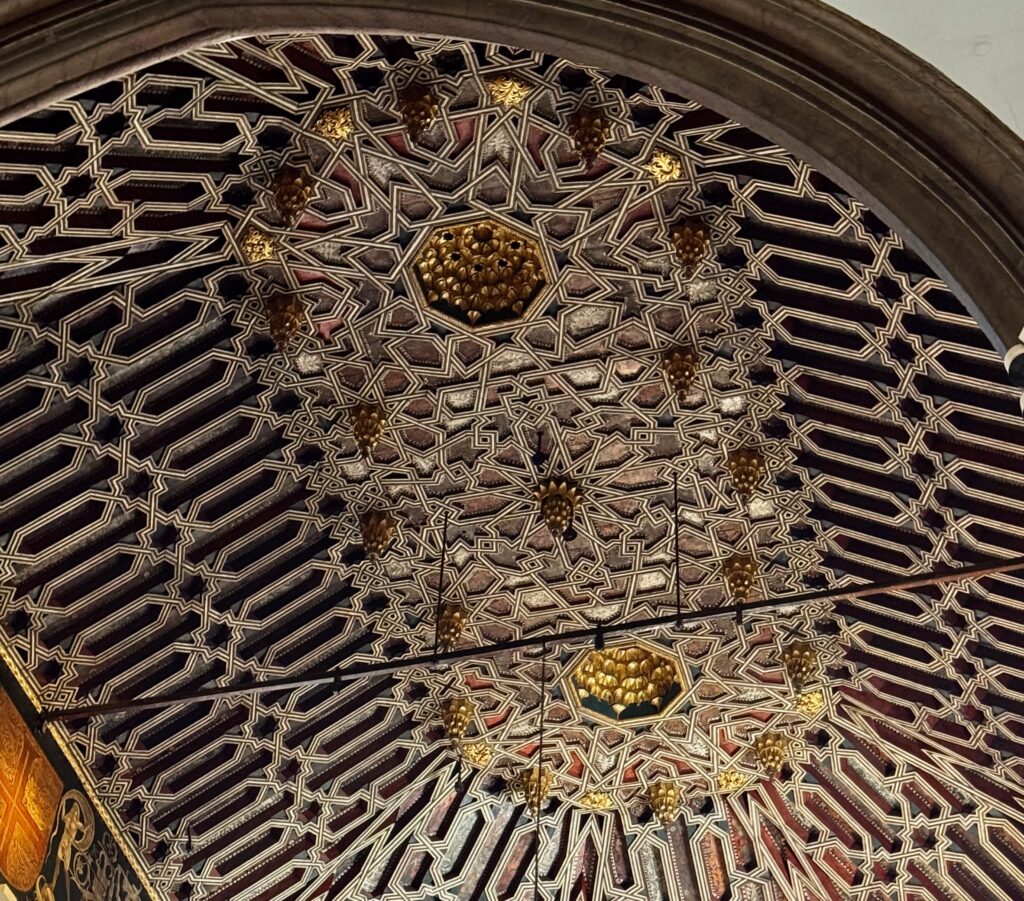
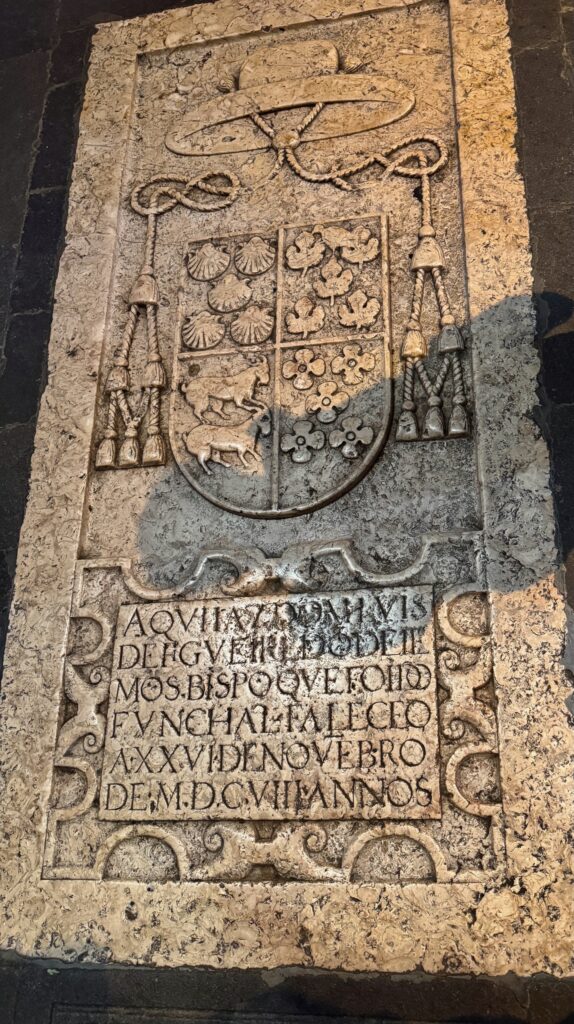
We also visited the Church of Our Lady of the Mount, rebuilt in 1818 after an earthquake destroyed its predecessor …
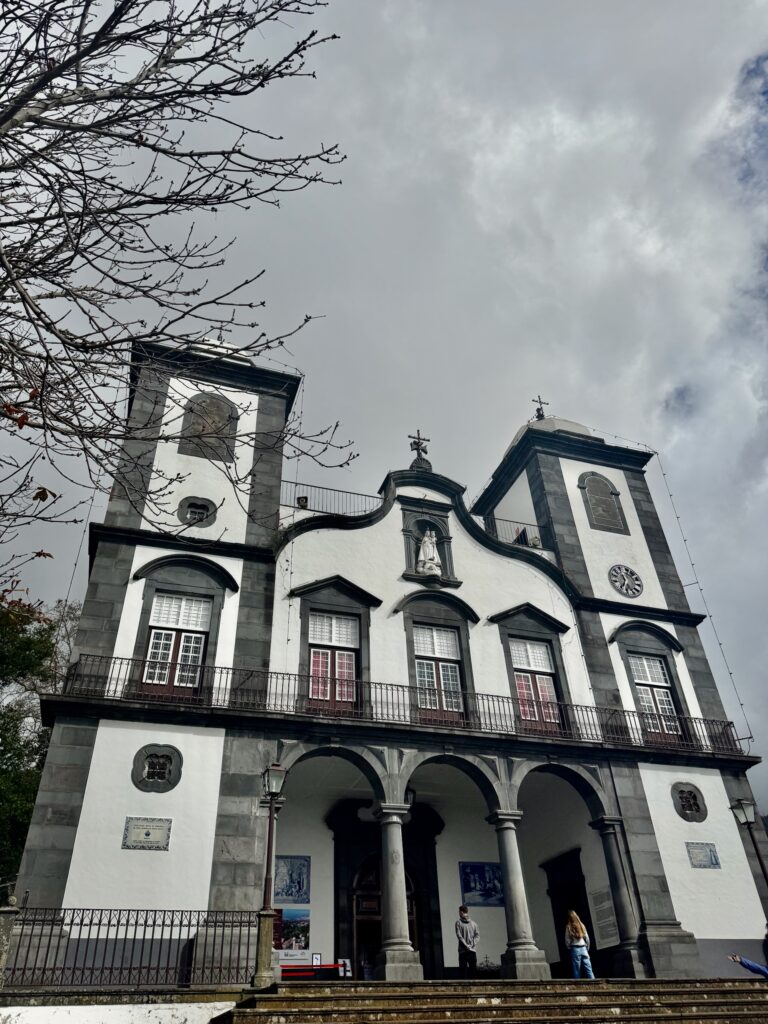
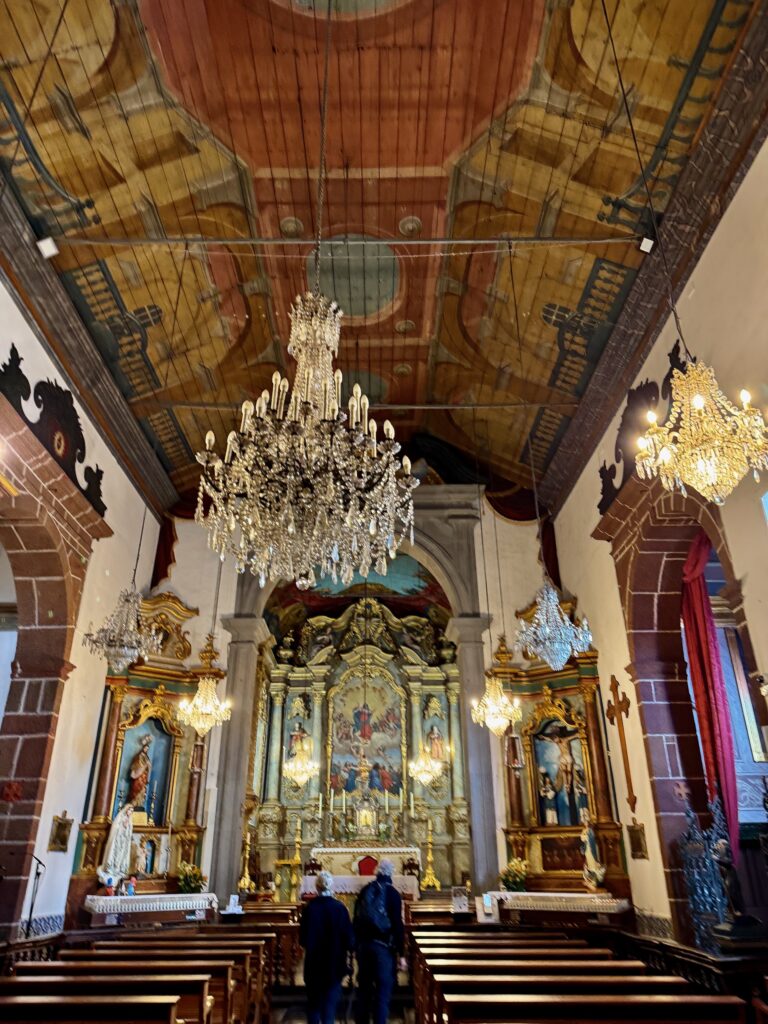
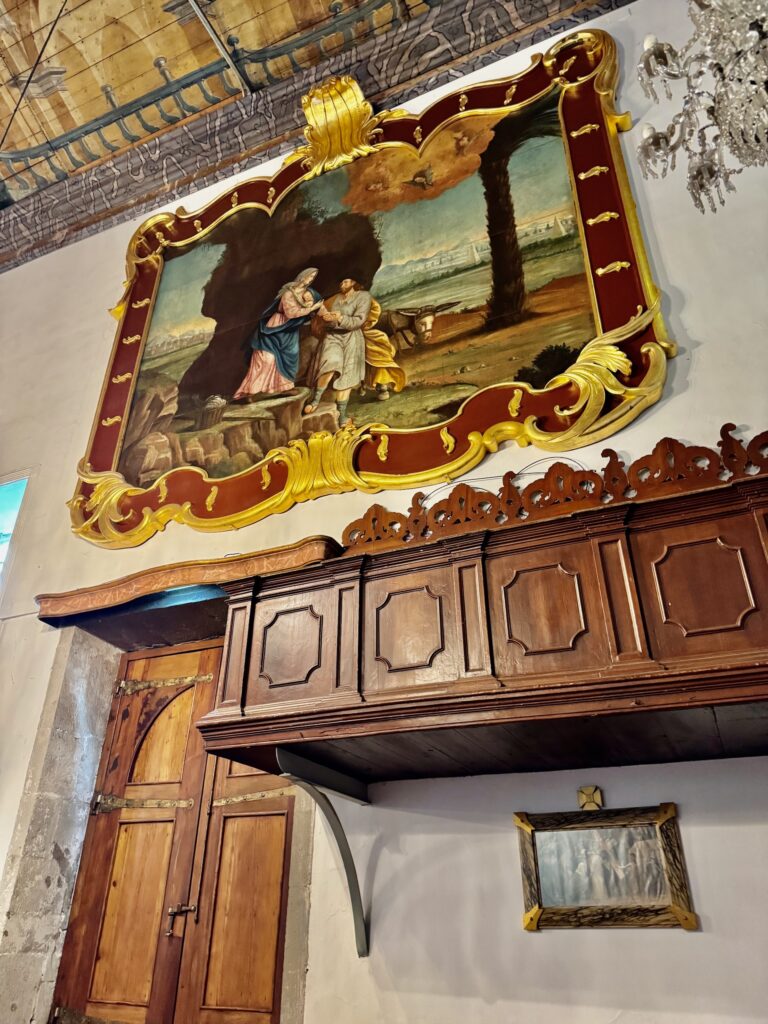
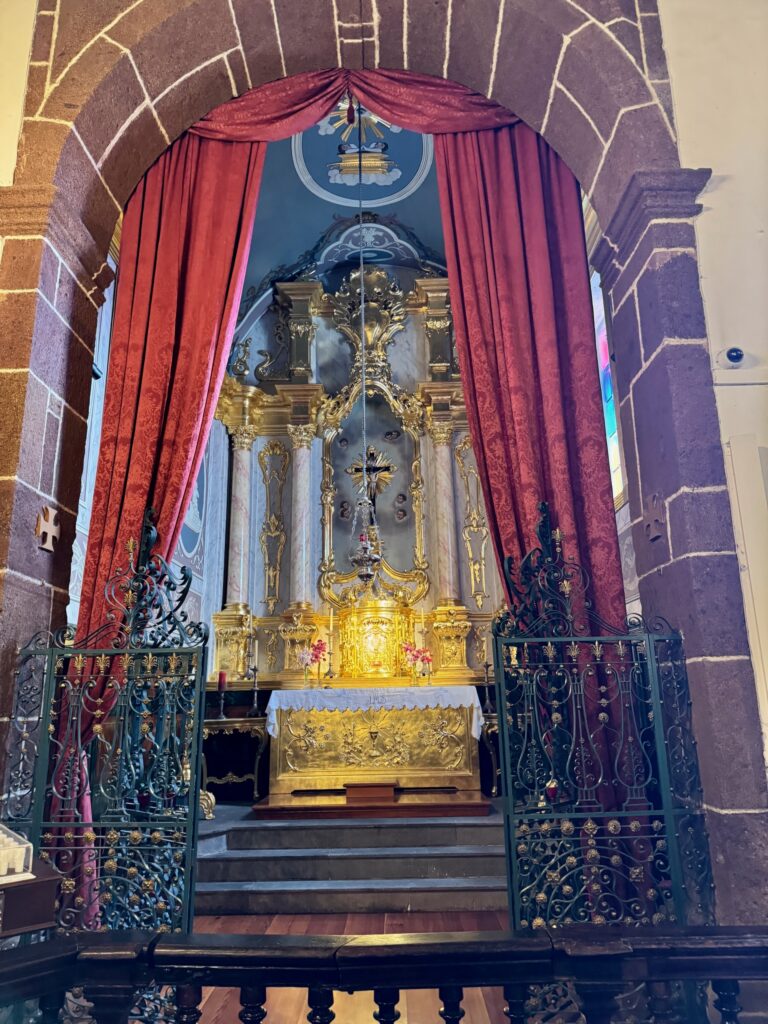
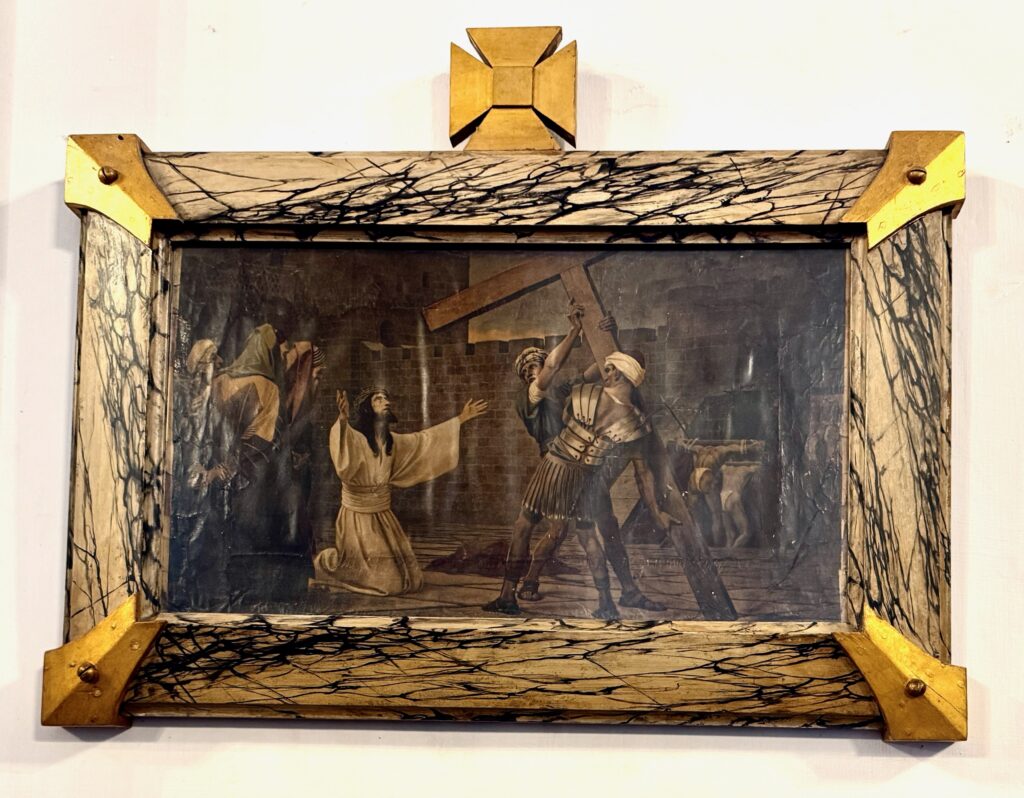
The Last Supper …
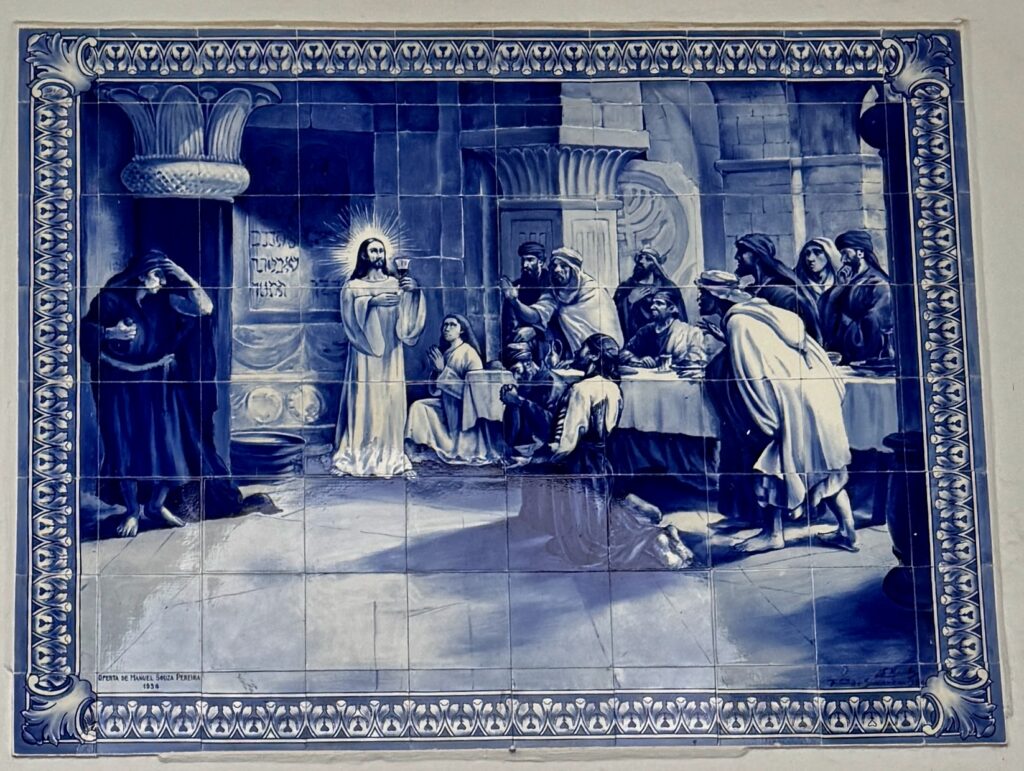
That must be Judas lurking in the corner, clutching the bag with his 30 pieces of silver.
I didn’t realise that Charles I of Austria (who died in exile in Madeira) had been beatified by the Pope and was therefore firmly on the road to full sainthood.
His coffin is on display in the church …
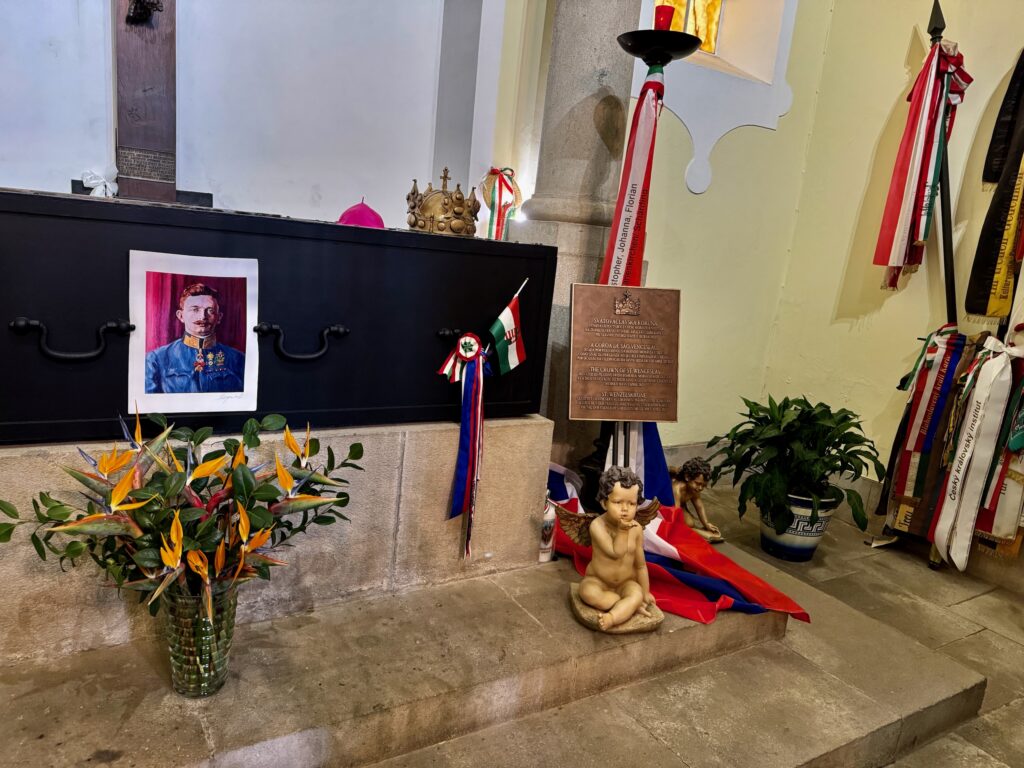
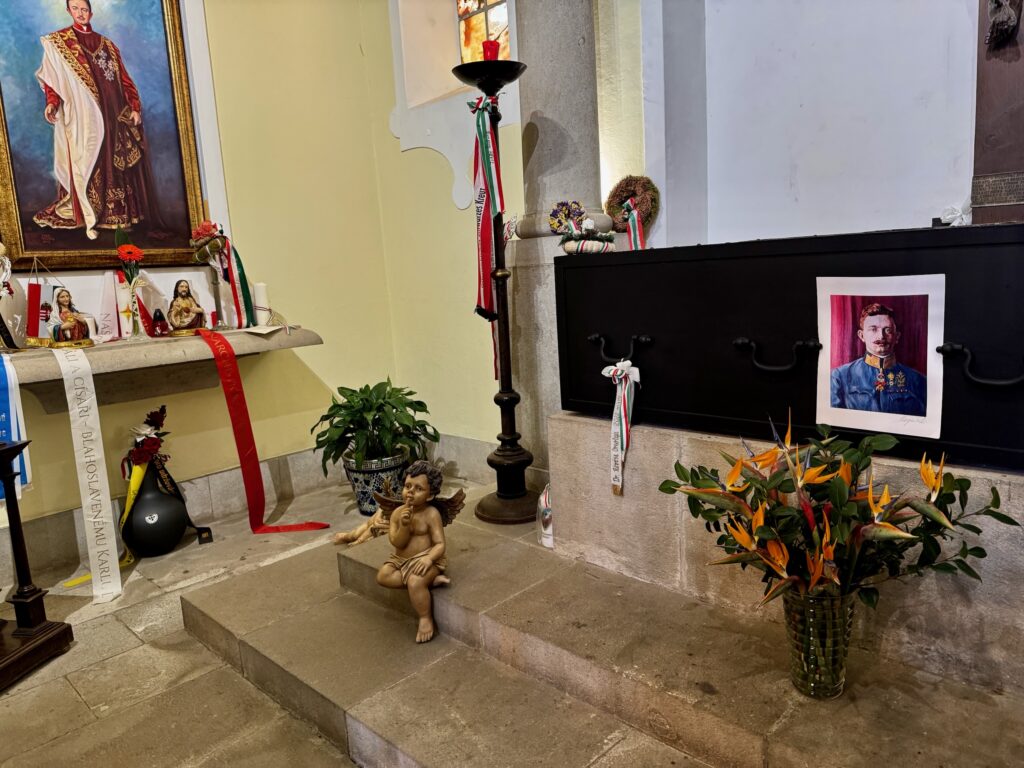
When his tomb was opened in 1972 his body was discovered remarkably well-preserved—despite the fact that a window in the coffin had broken, allowing in moisture and damp, tropical air. It was opened again in 2003 and a rib removed as a relic with pieces distributed to shrines around the world.
Looking down over the city …
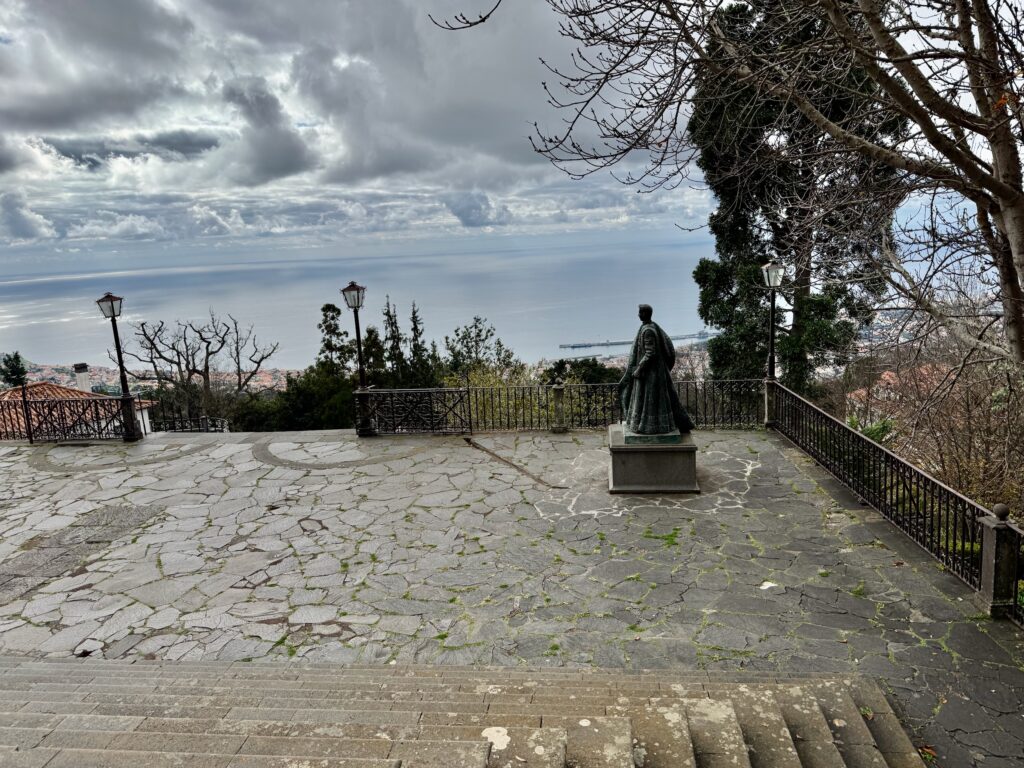
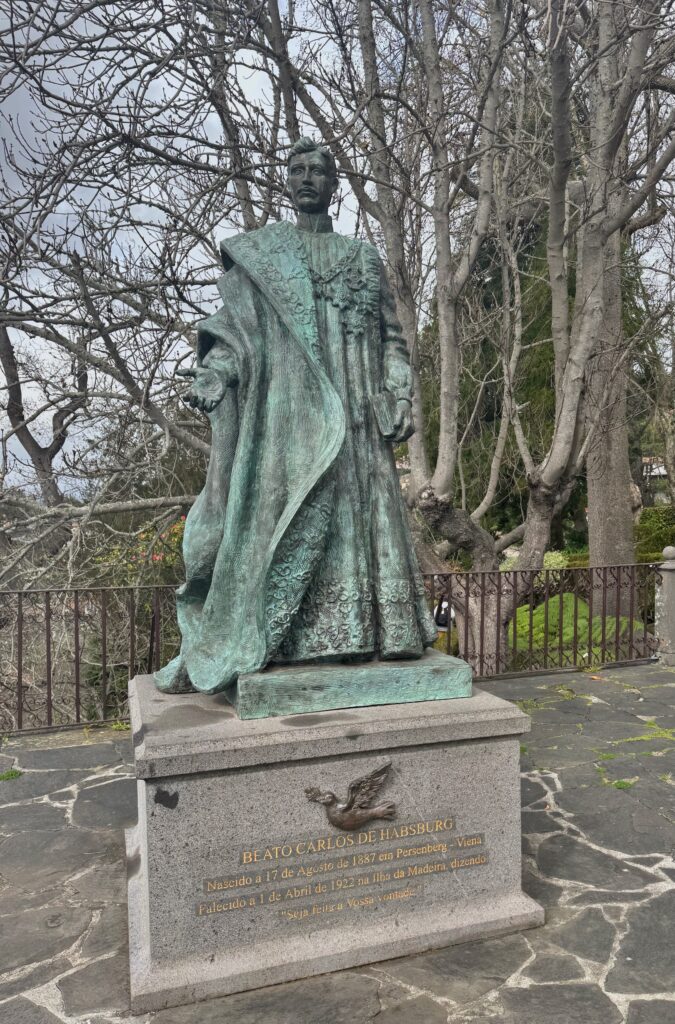
There was an art gallery in the botanical gardens near the church. Here are some images from our visit …
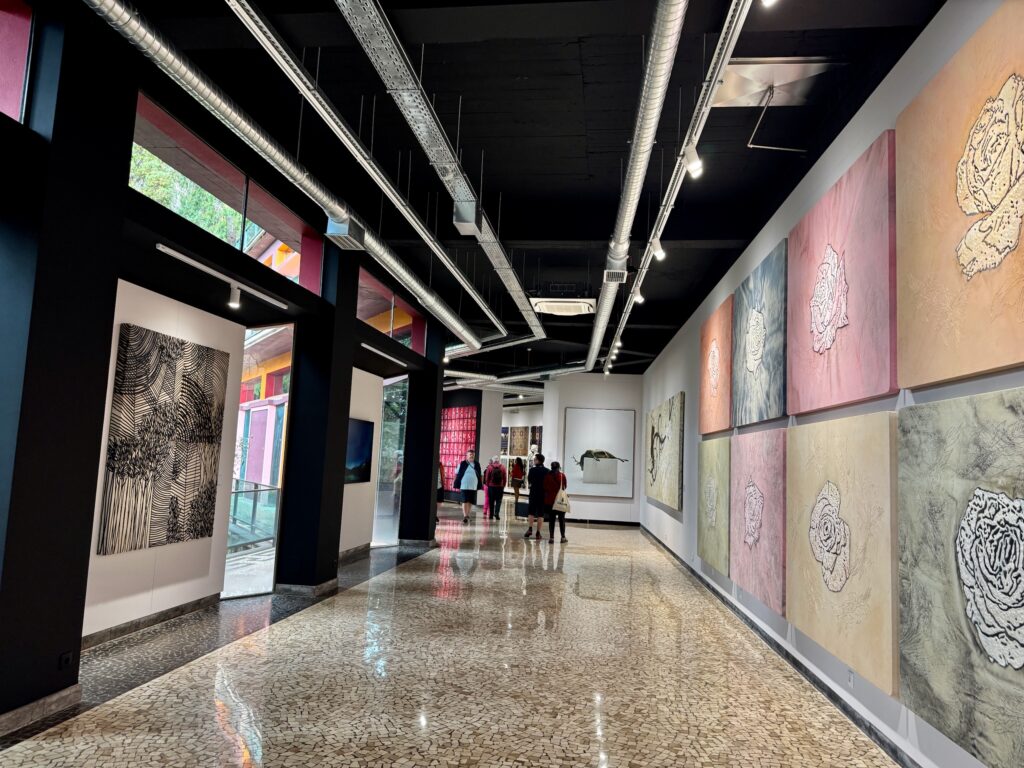
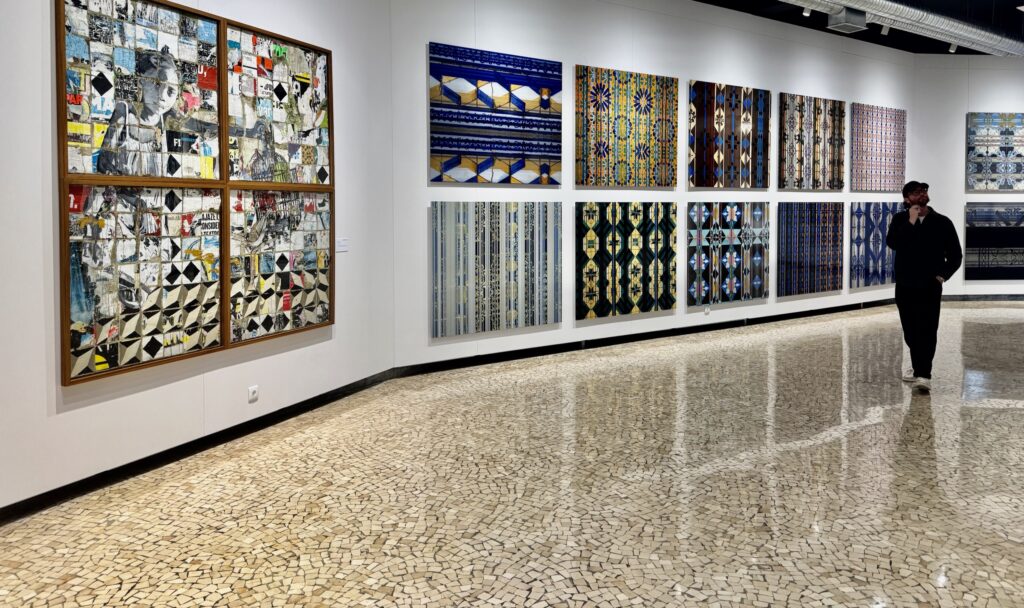

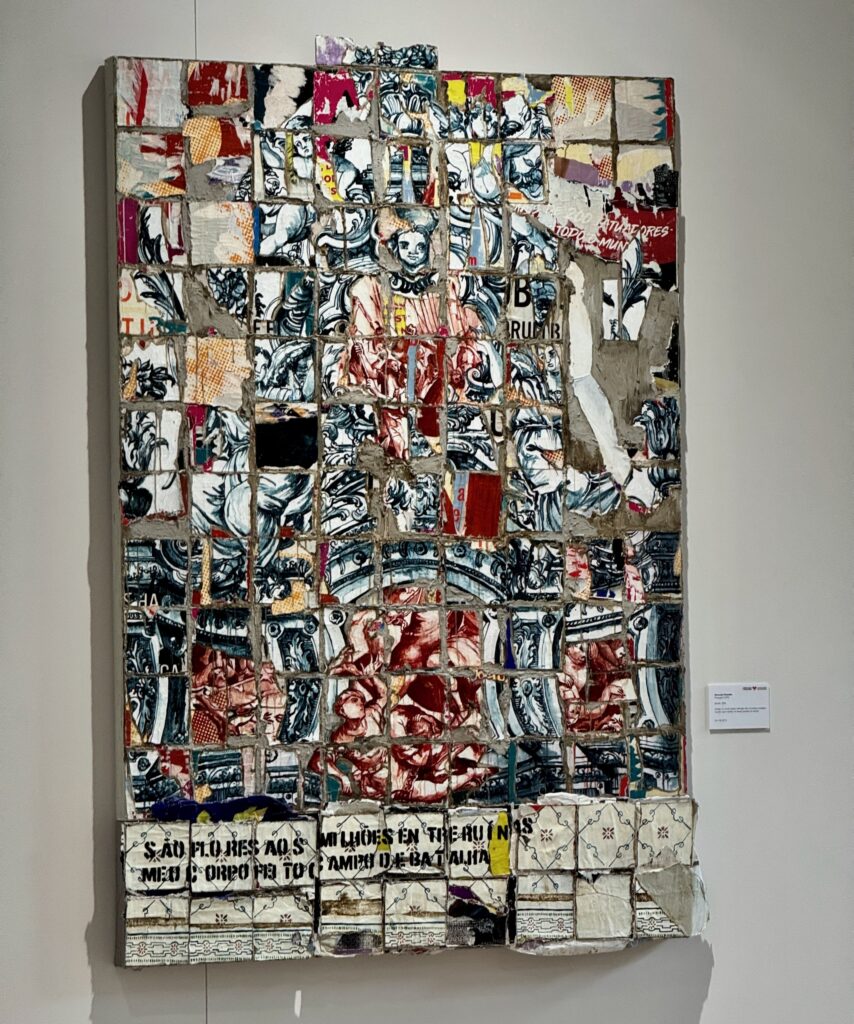
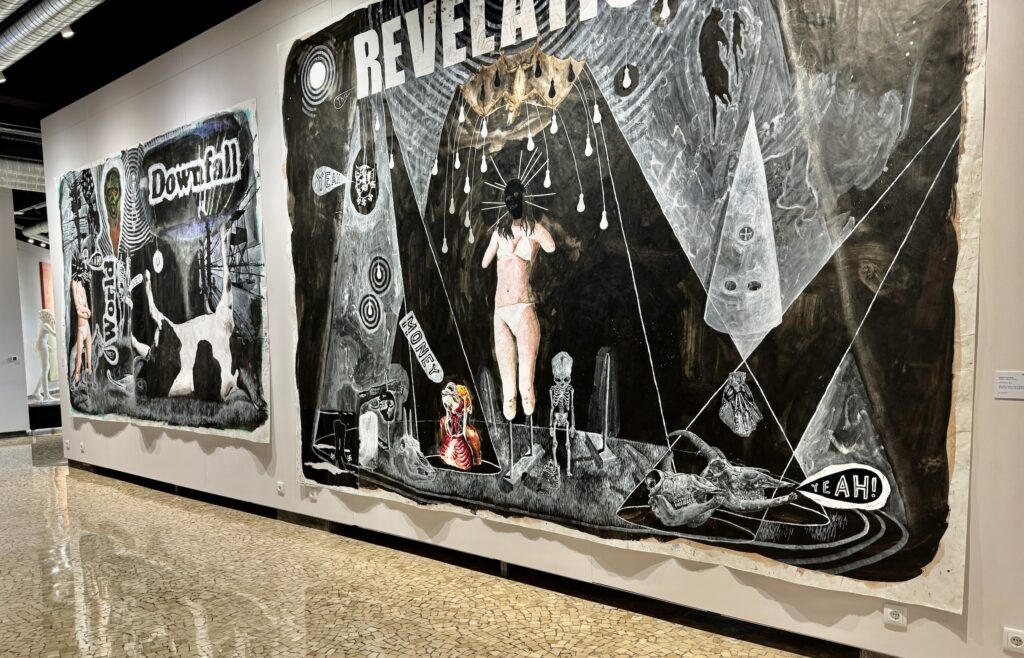
The view from the cable car heading back to the city centre …
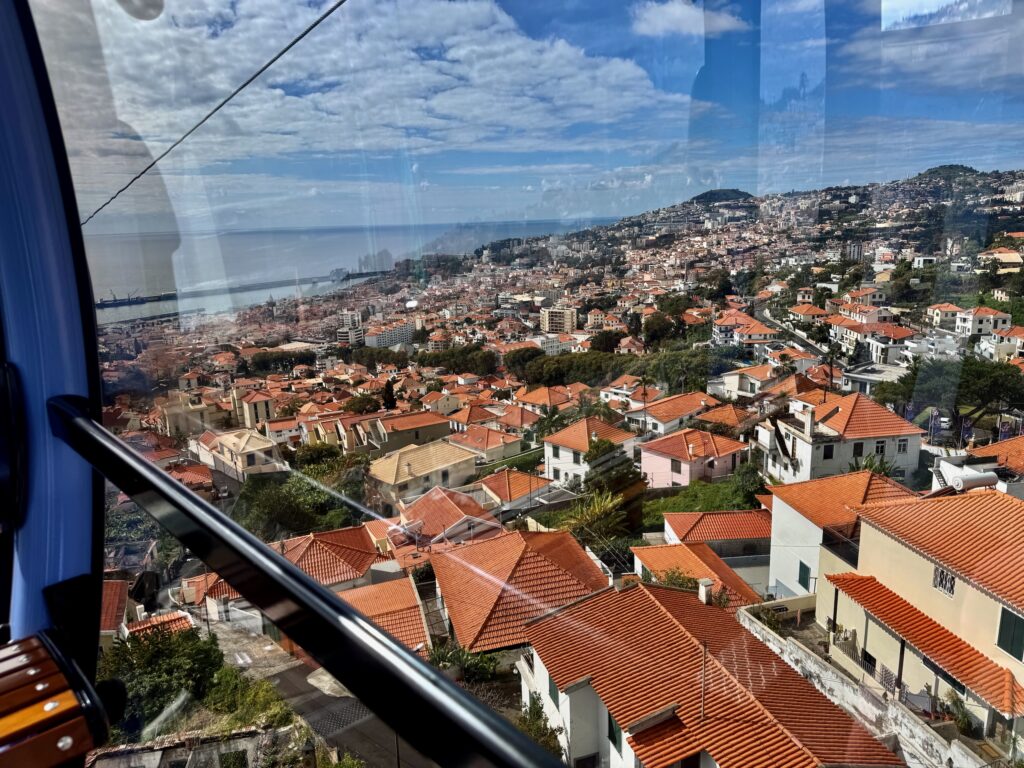
Funchal has expanded greatly since our last visit 24 years ago.
Art for sale on the street …

Interesting architecture …
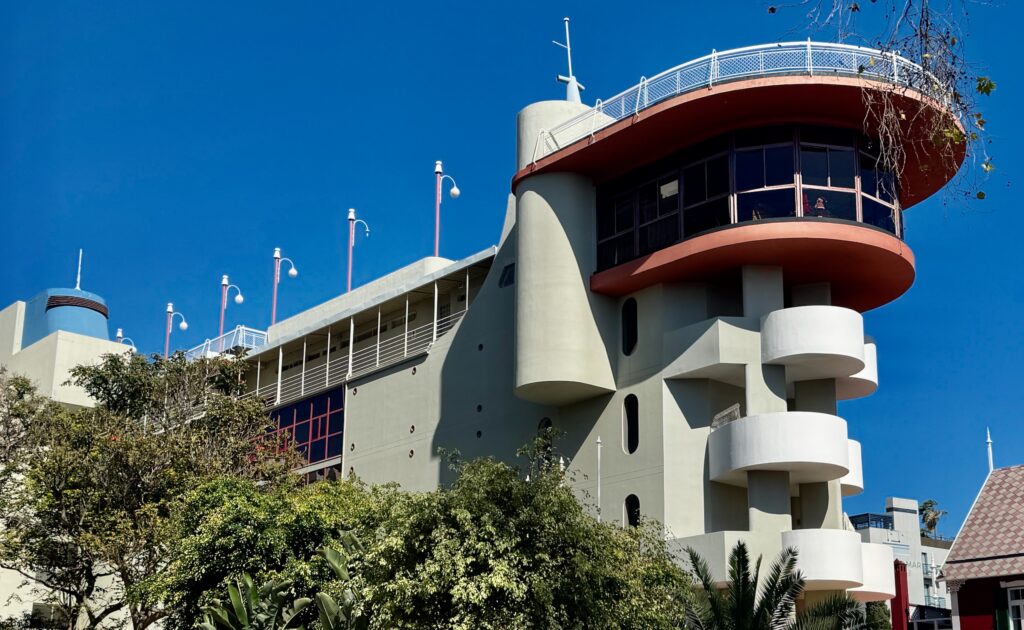
Pretty tiles outside the old Ritz Hotel …
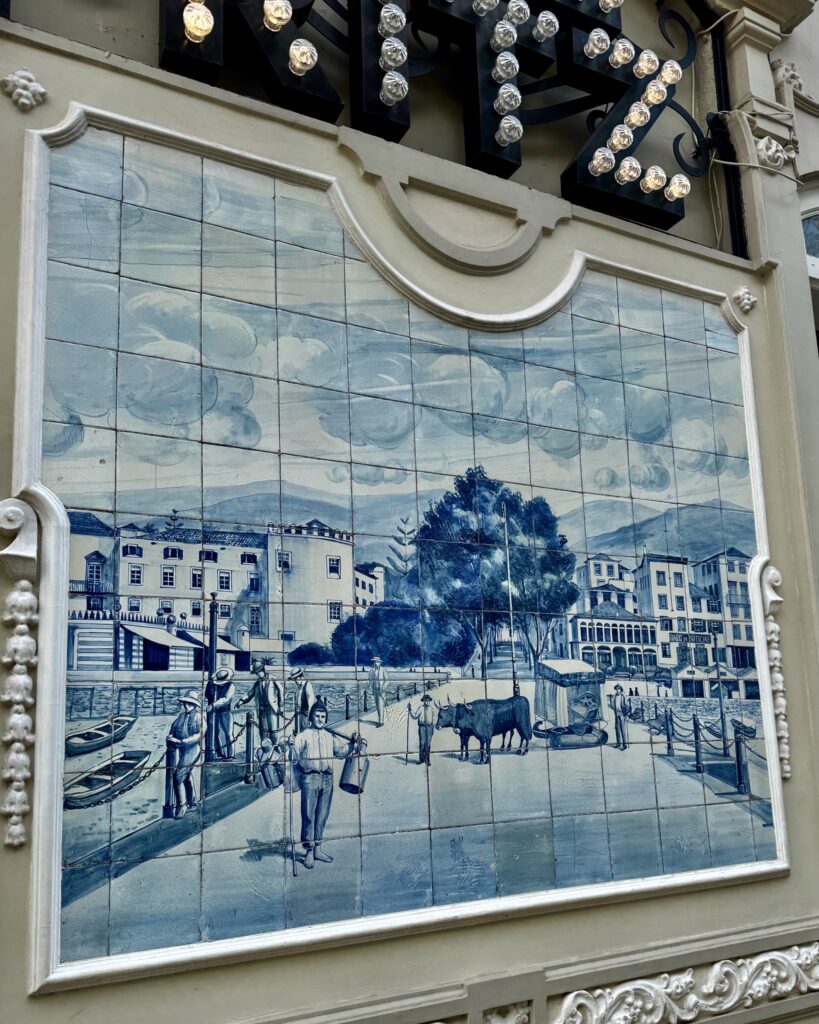
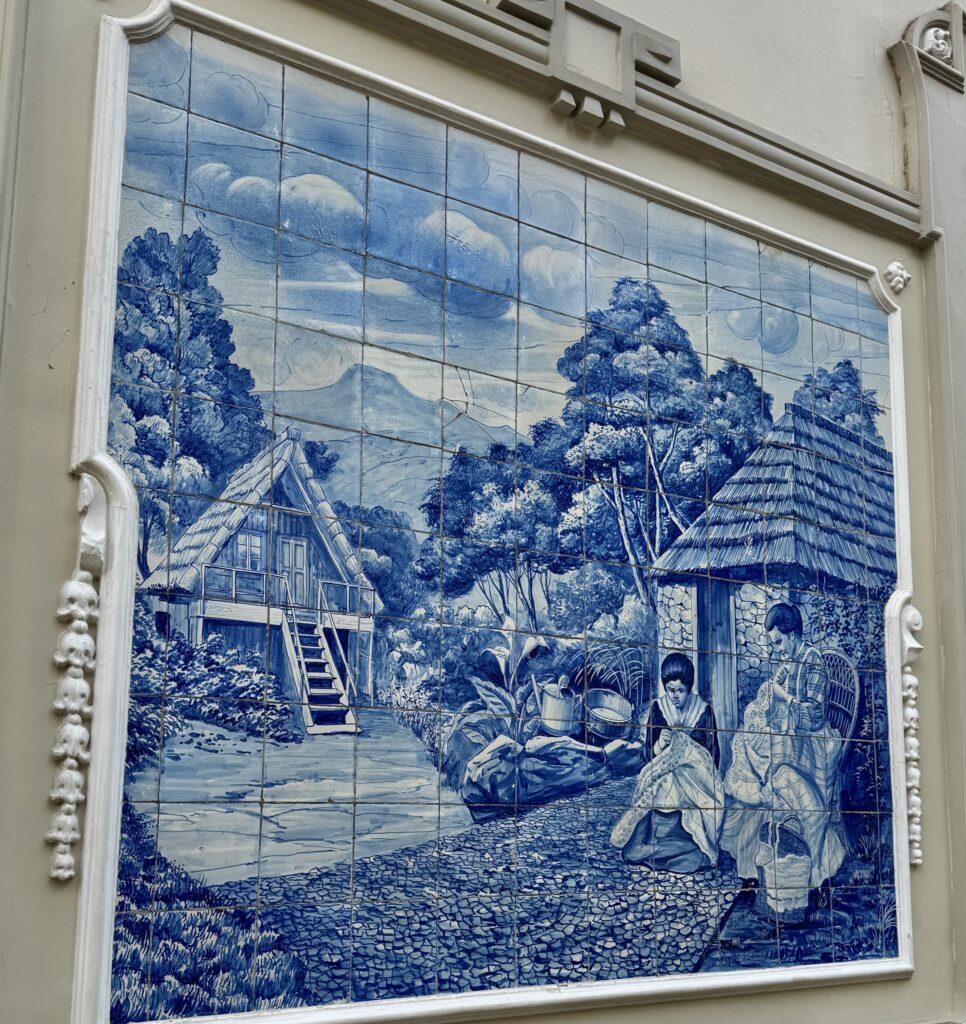
Some would say that this was a work of art …

Knick-Knack selection …
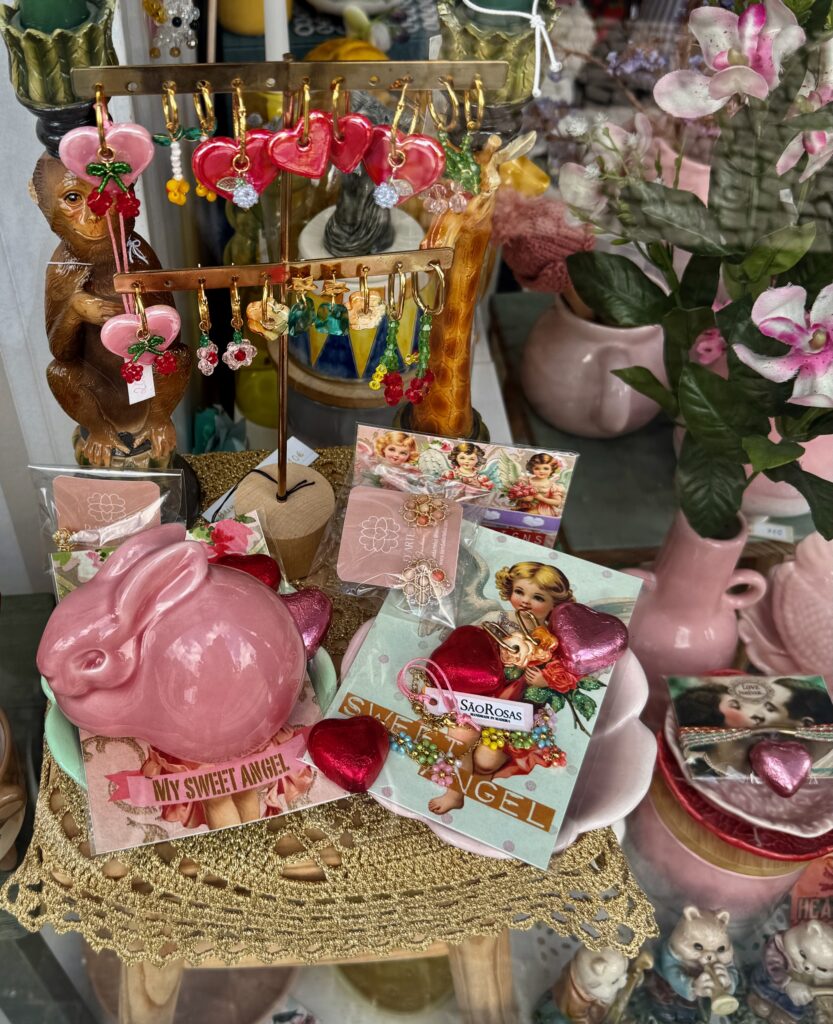
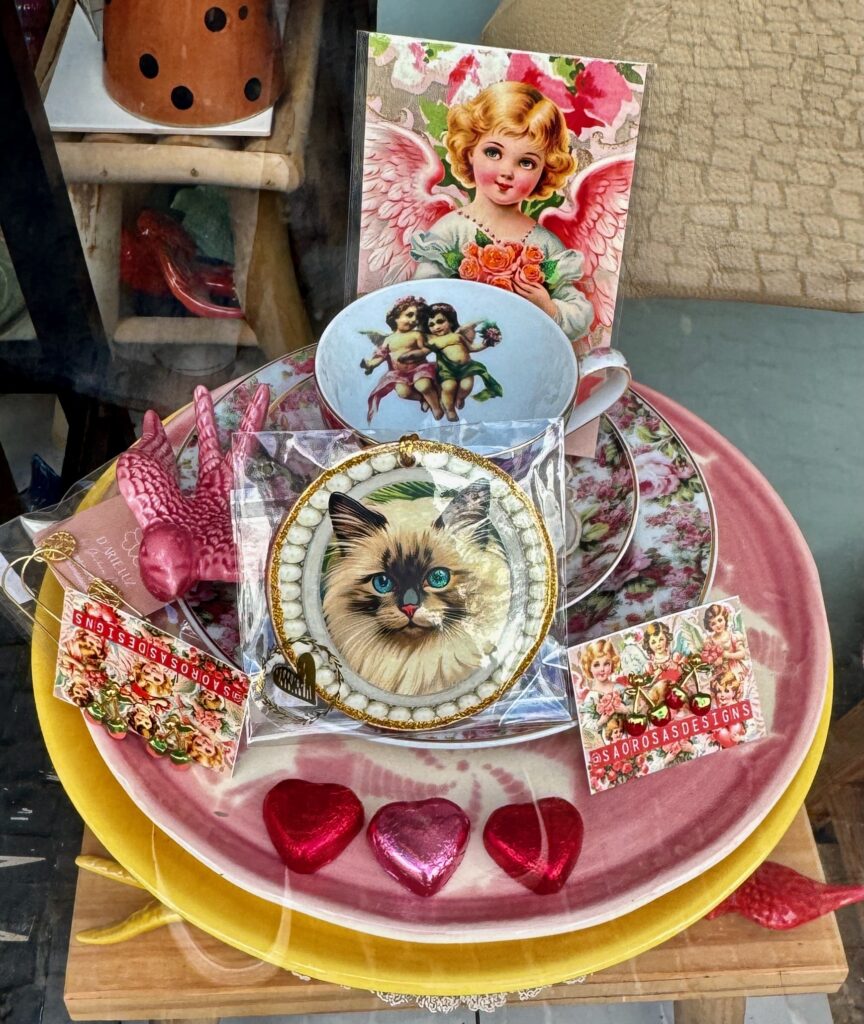
Cruise ships are not pretty, but this one put on a bit of a light show …
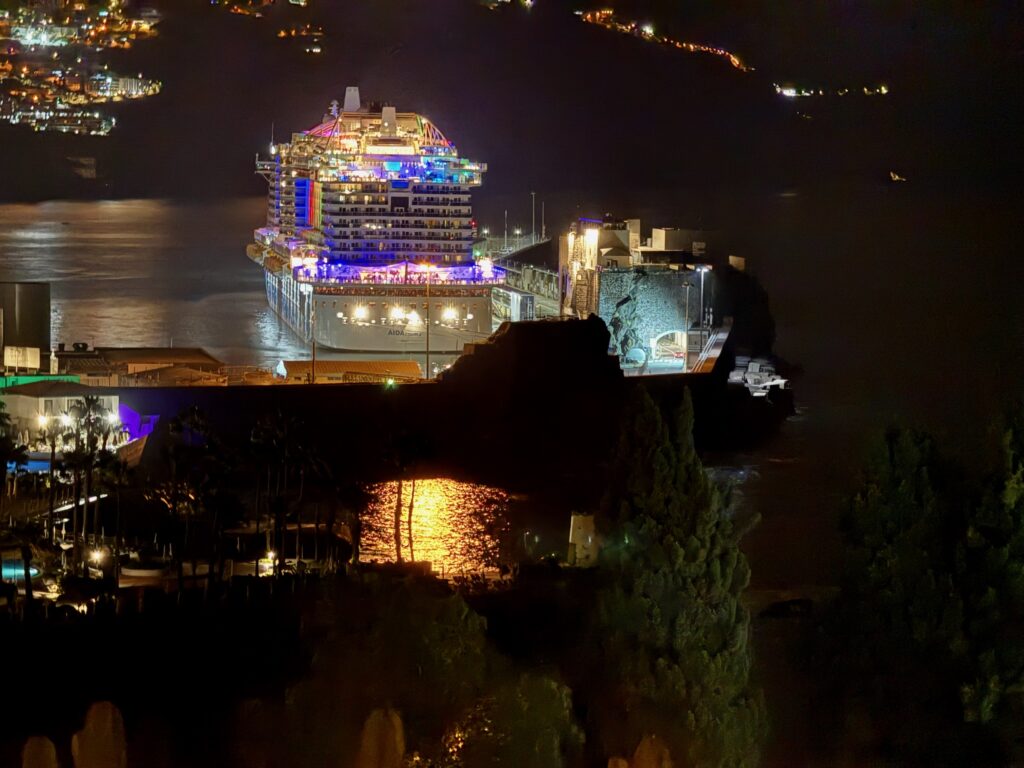
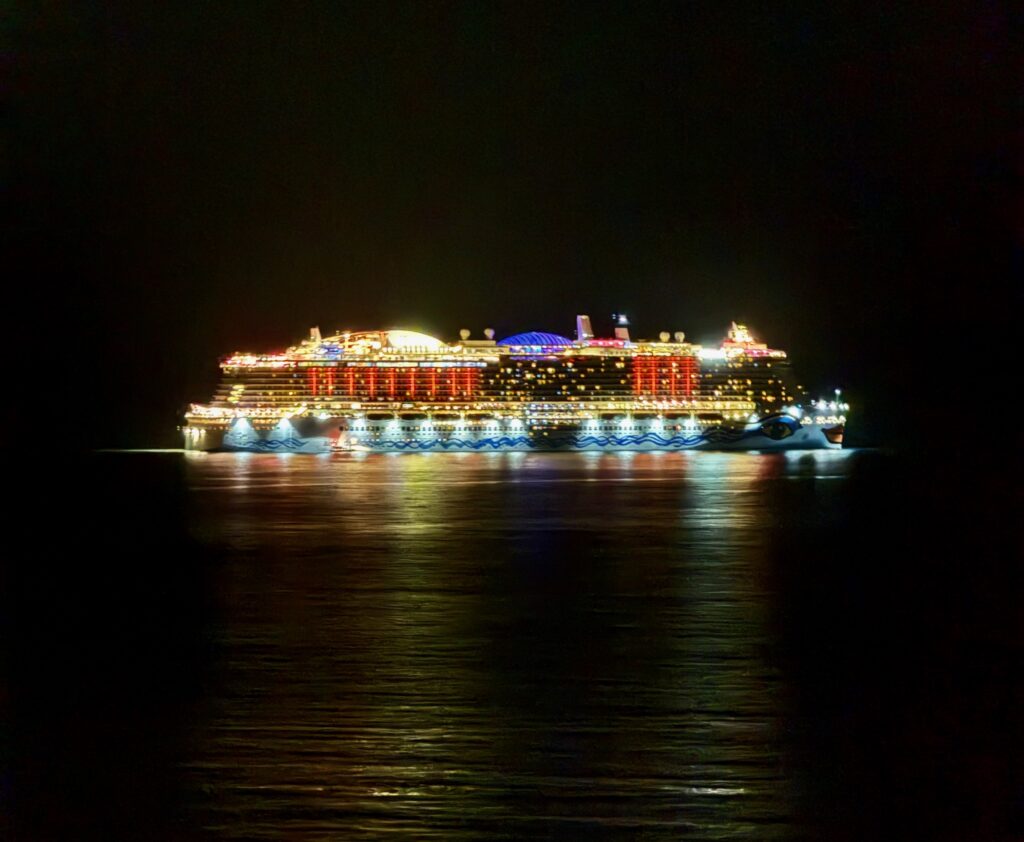
We didn’t see many seagulls – maybe because of this chap on patrol every day with his tame falcon …
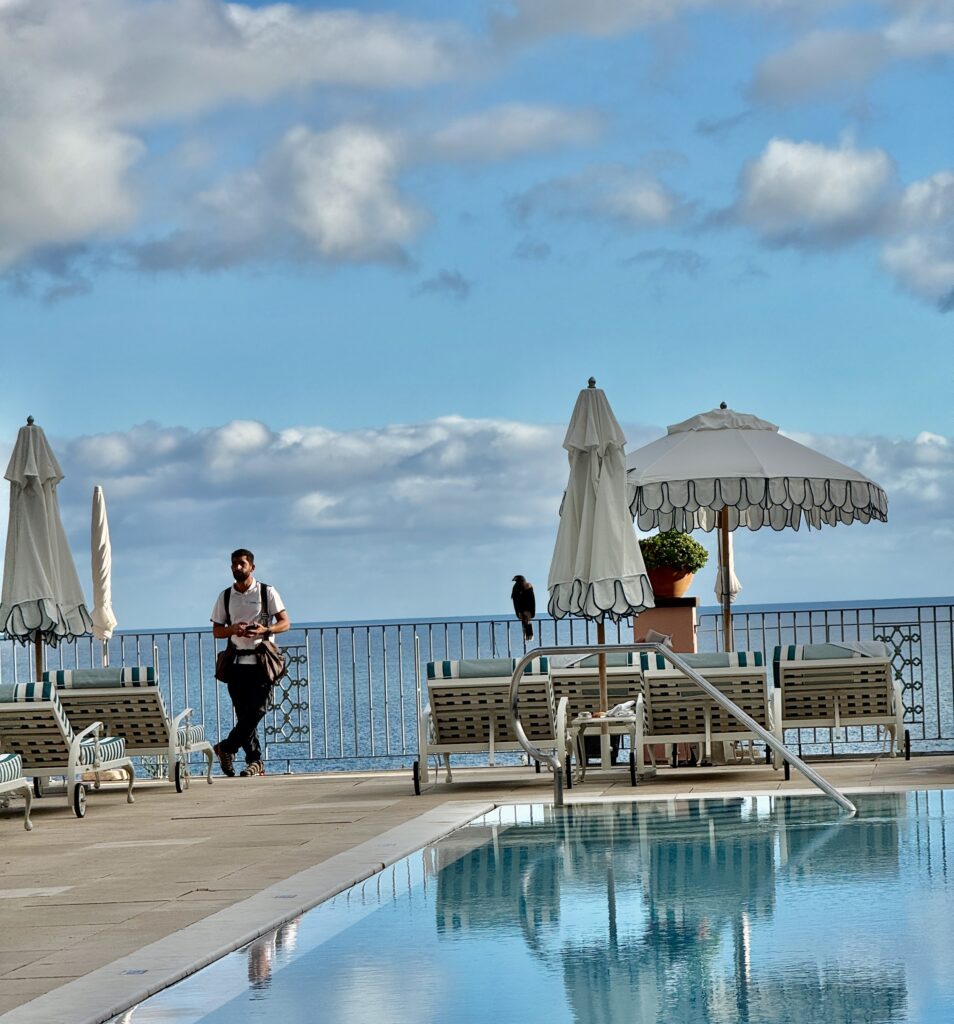
We really enjoyed the food!
A perfect poached egg (well, it is for me, maybe a bit runny for some) …
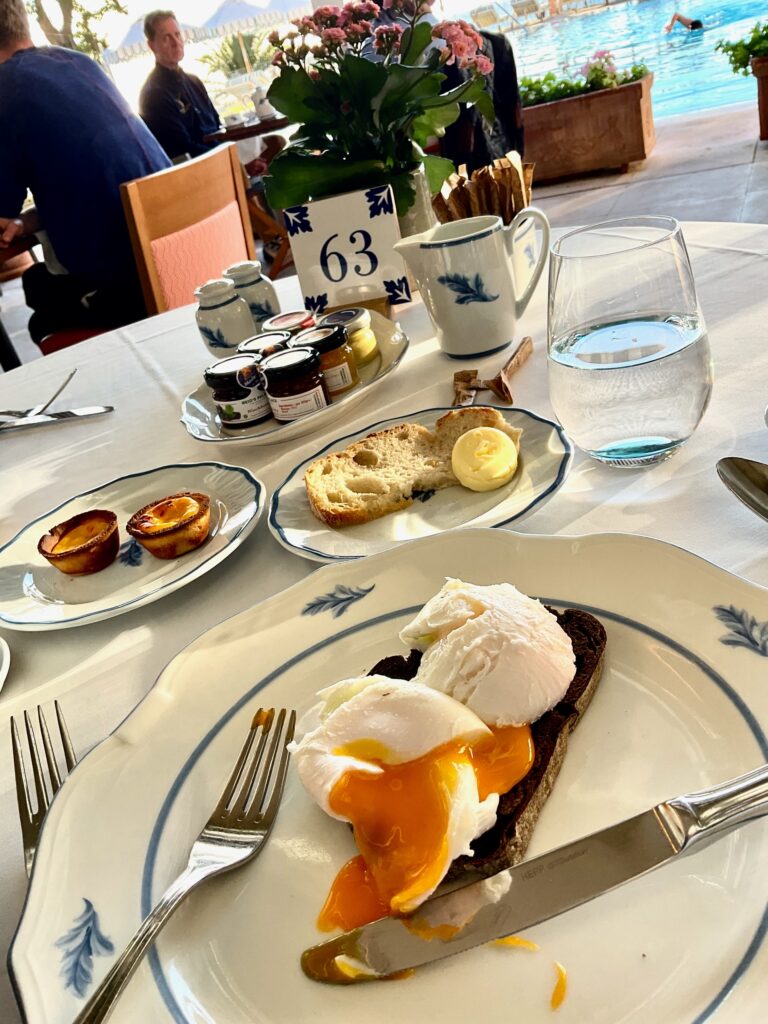
The way to serve honey at breakfast time …
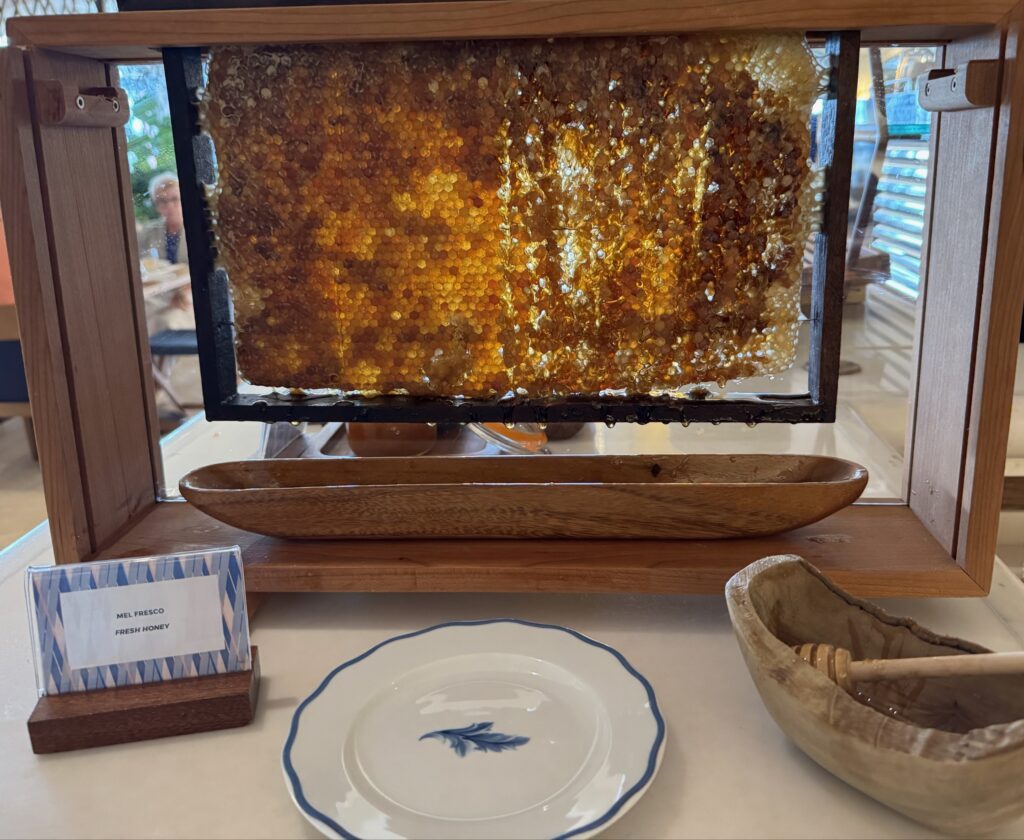
In the evening, local shrimp in garlic butter with a top class Portuguese rosé (a generous glass for 4 Euros) …
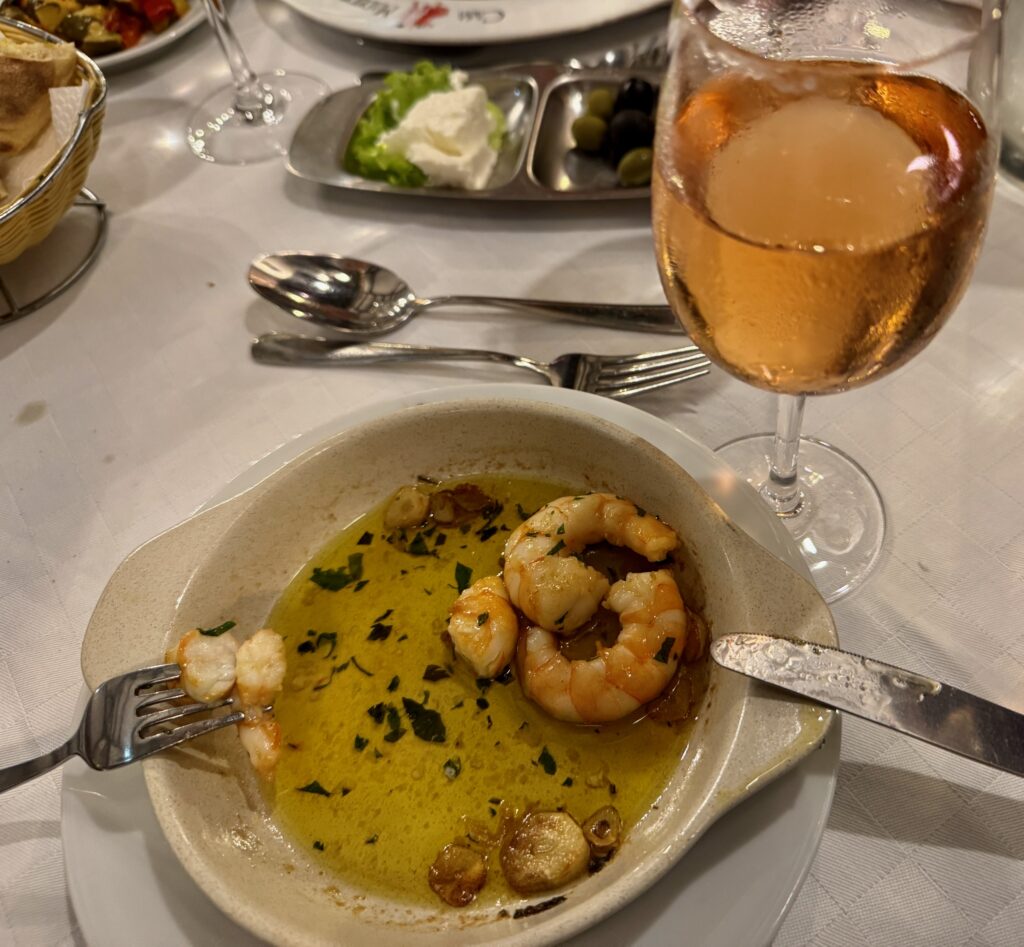
Crêpes Suzette, a perfect finish …
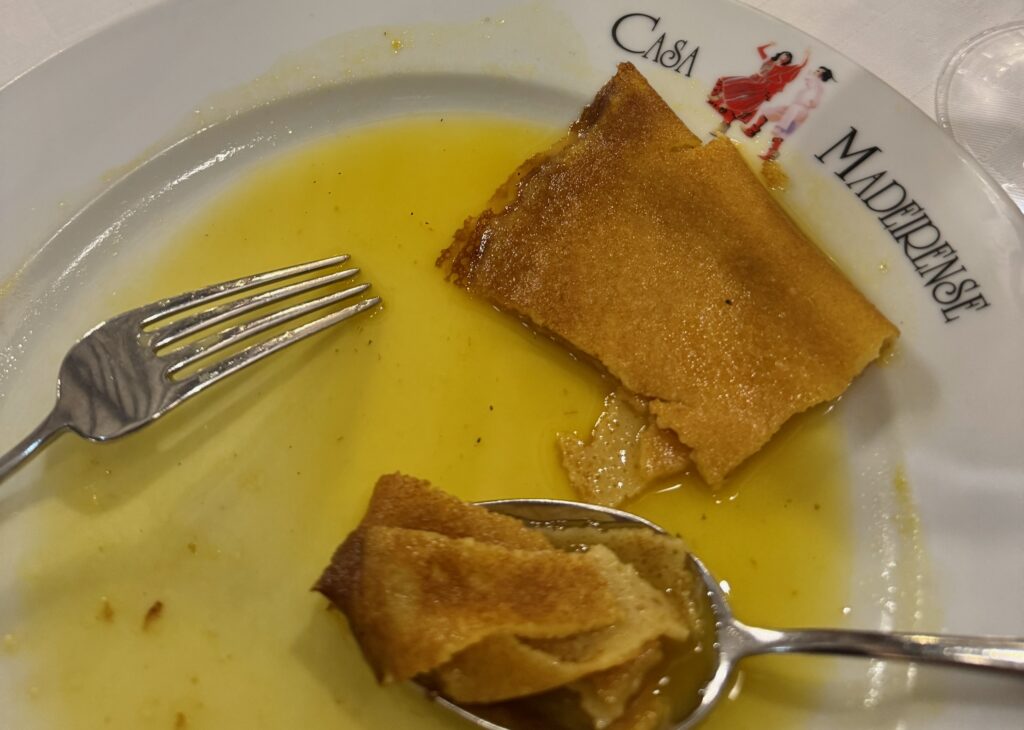
Plus a brandy and a coffee, of course (dry January is a distant memory) …
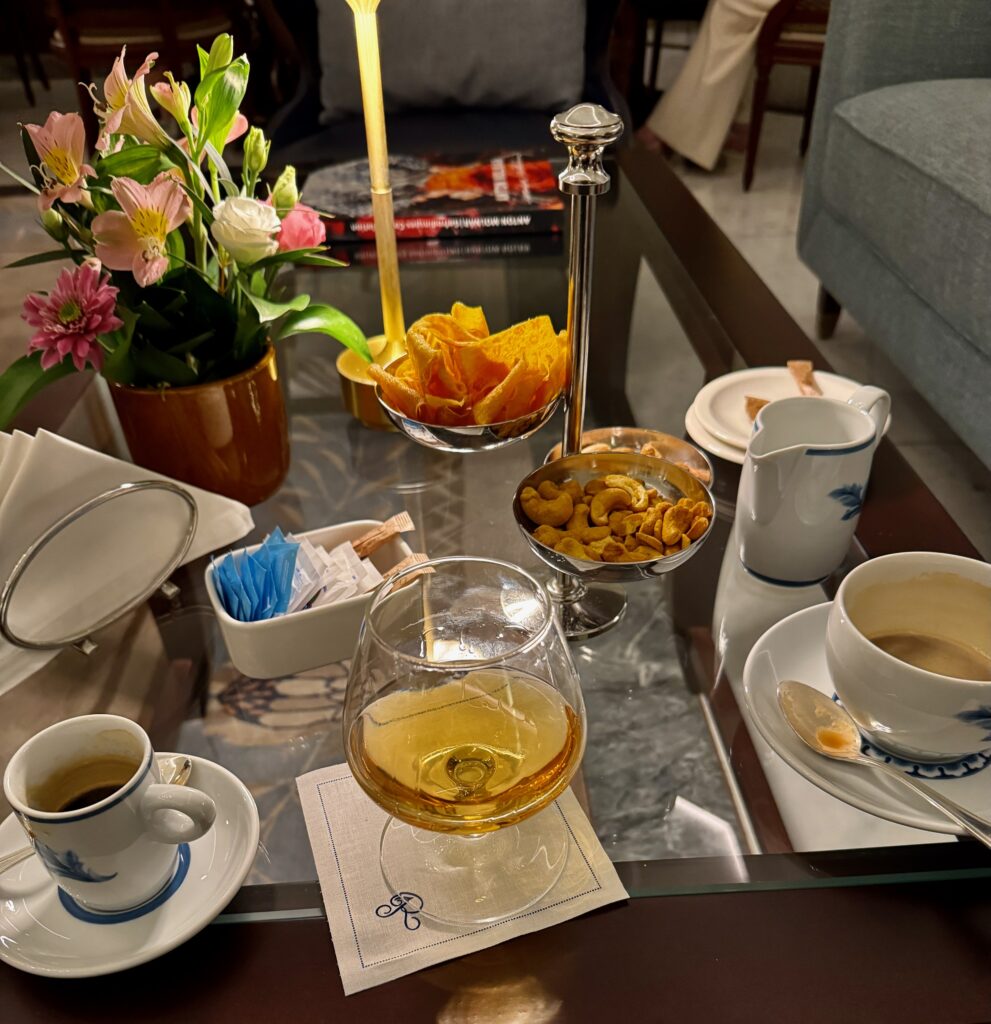
Sadly, we didn’t have time to take in this intriguingly named show …

The journey home was a bit fraught. The plane taking off two and a half hours late followed by our taxi driver forgetting where he had parked in the multi-storey at Gatwick! Made it home safely in the end, though.
If you would like to follow me on Instagram here is the link …

